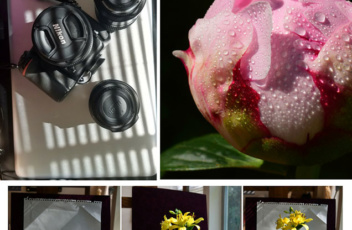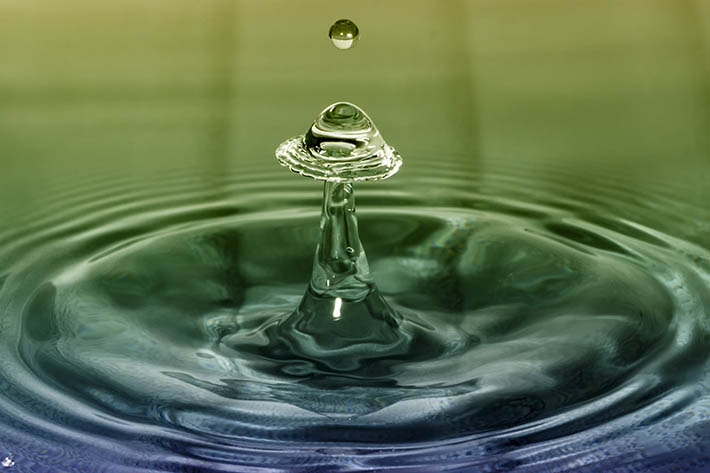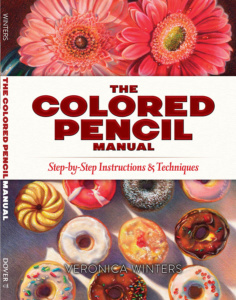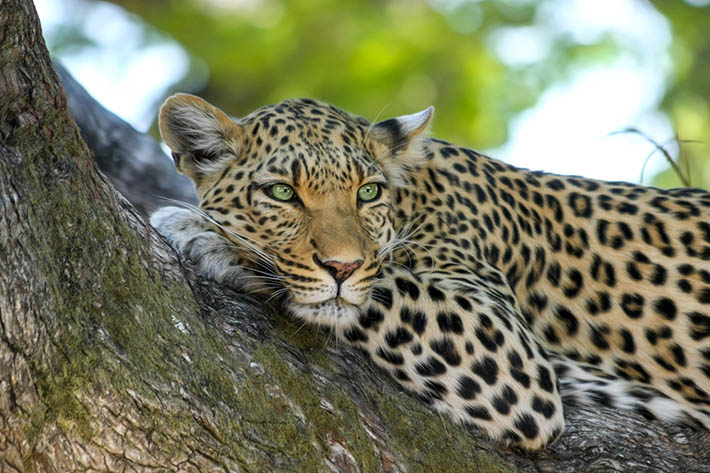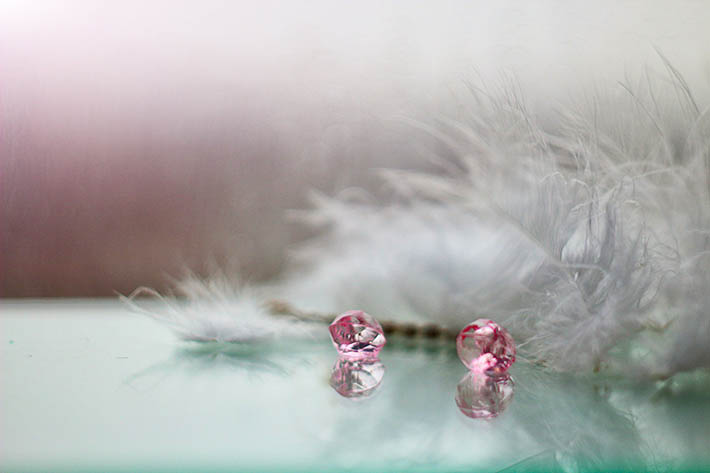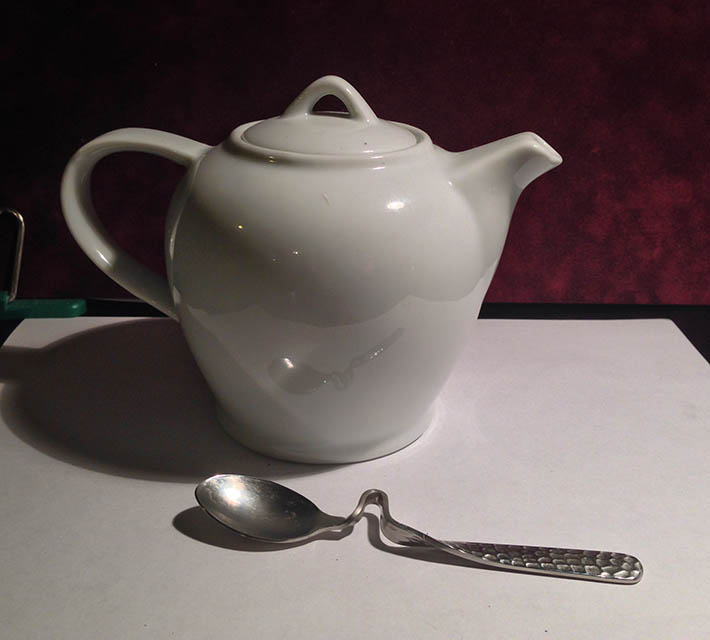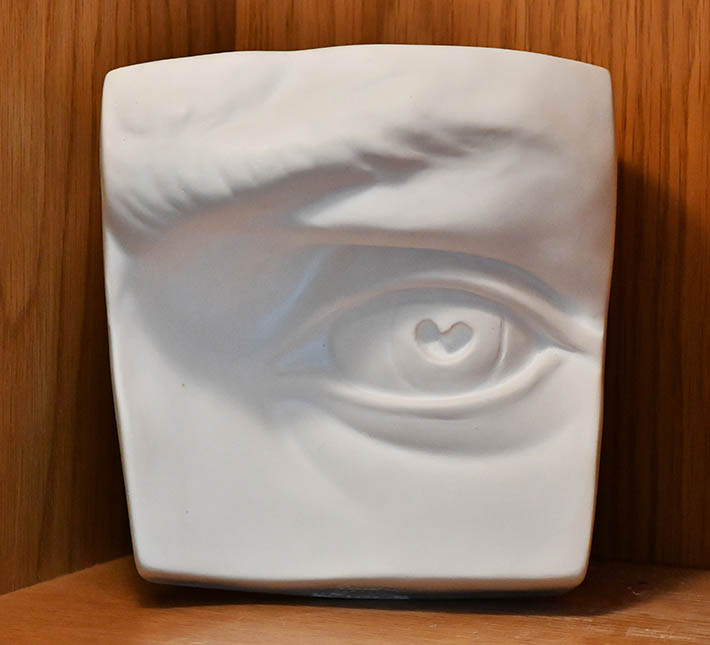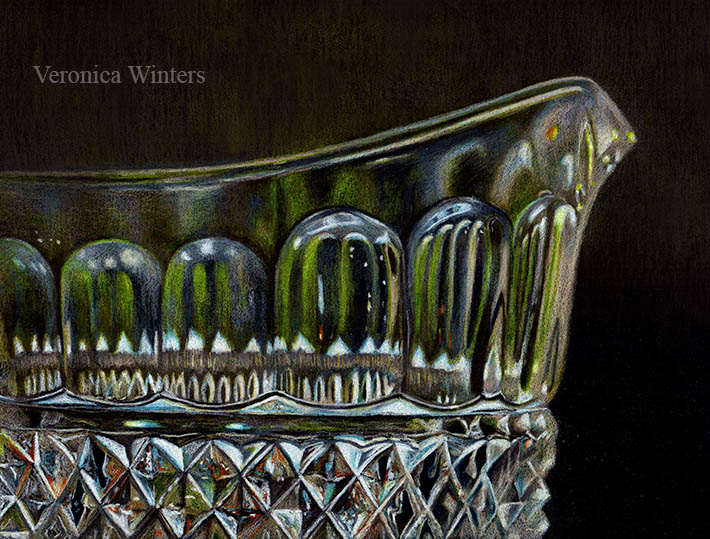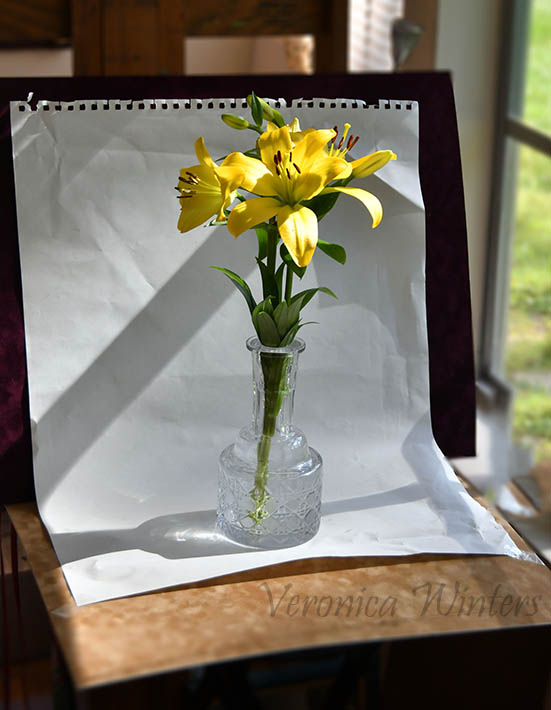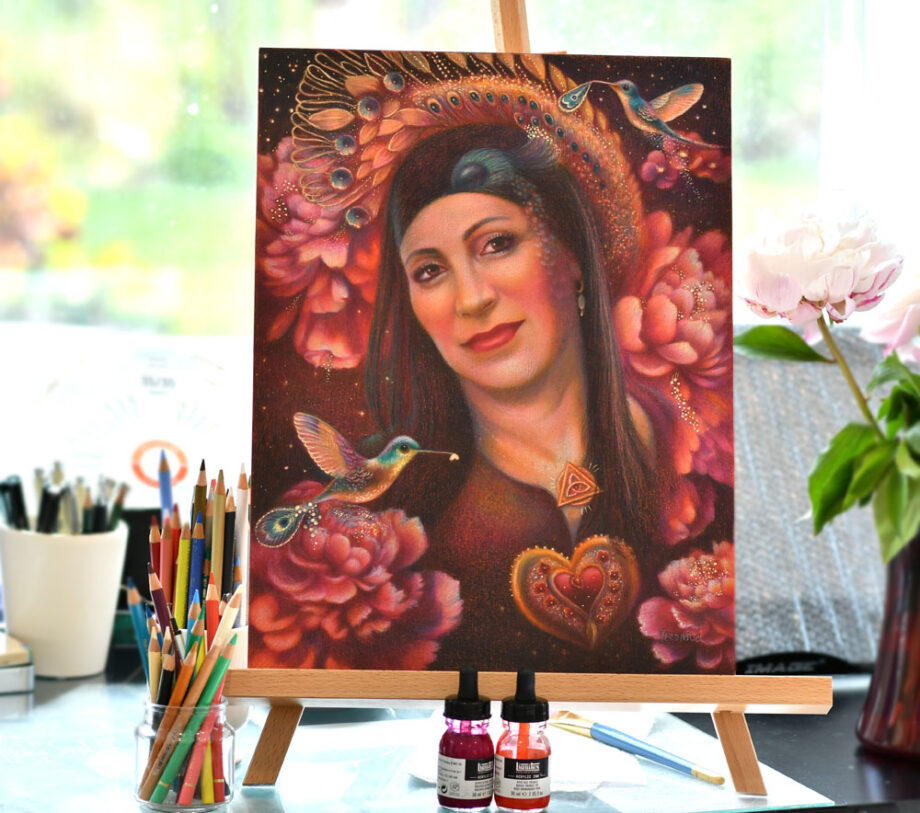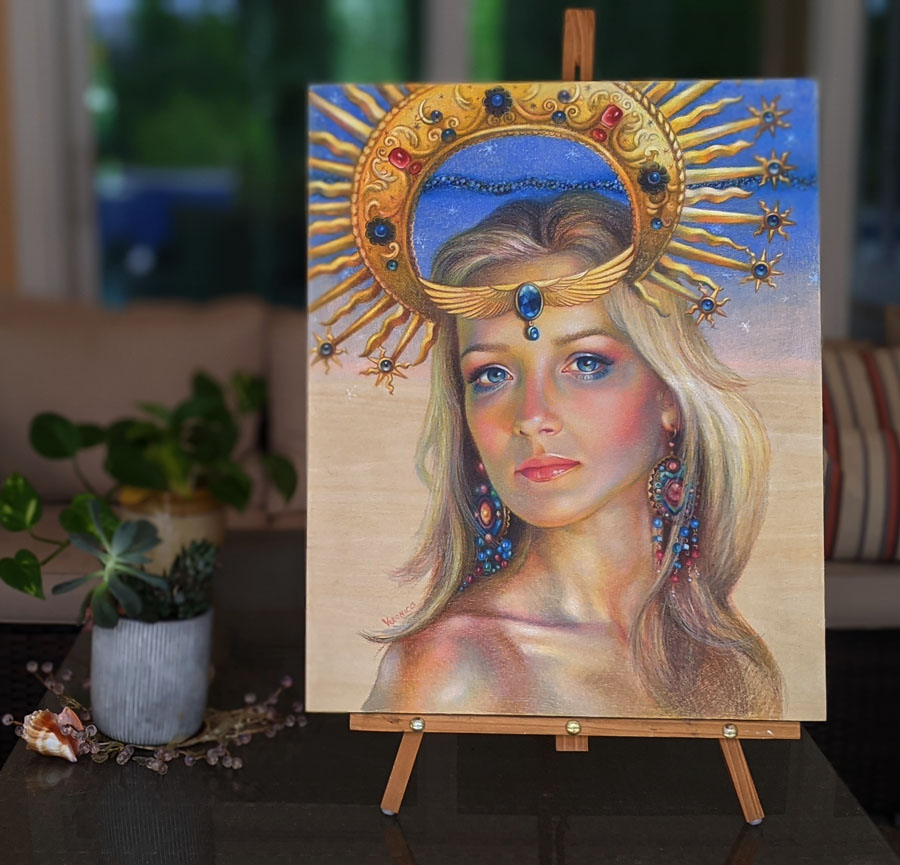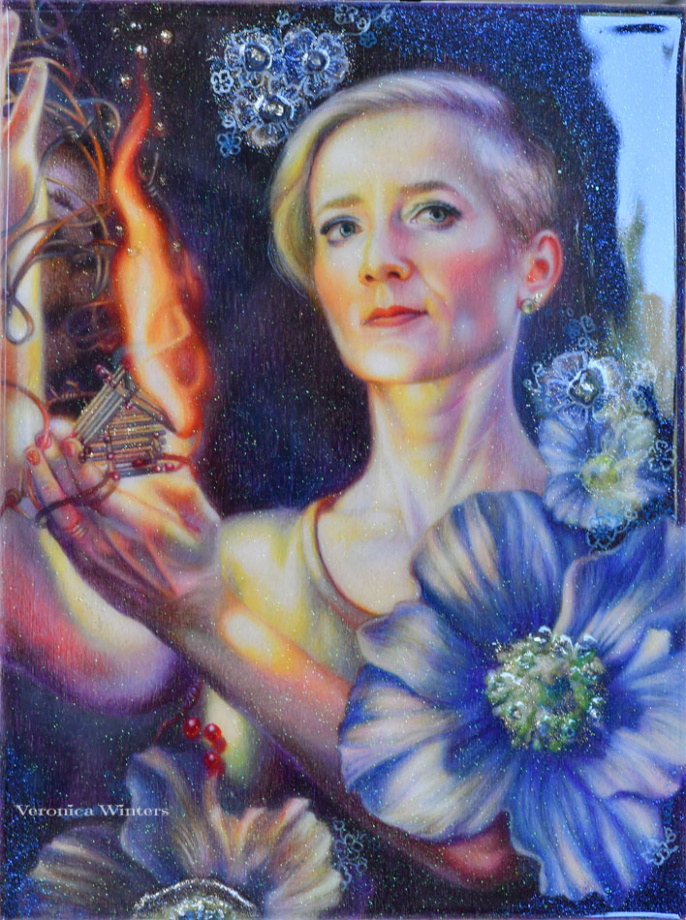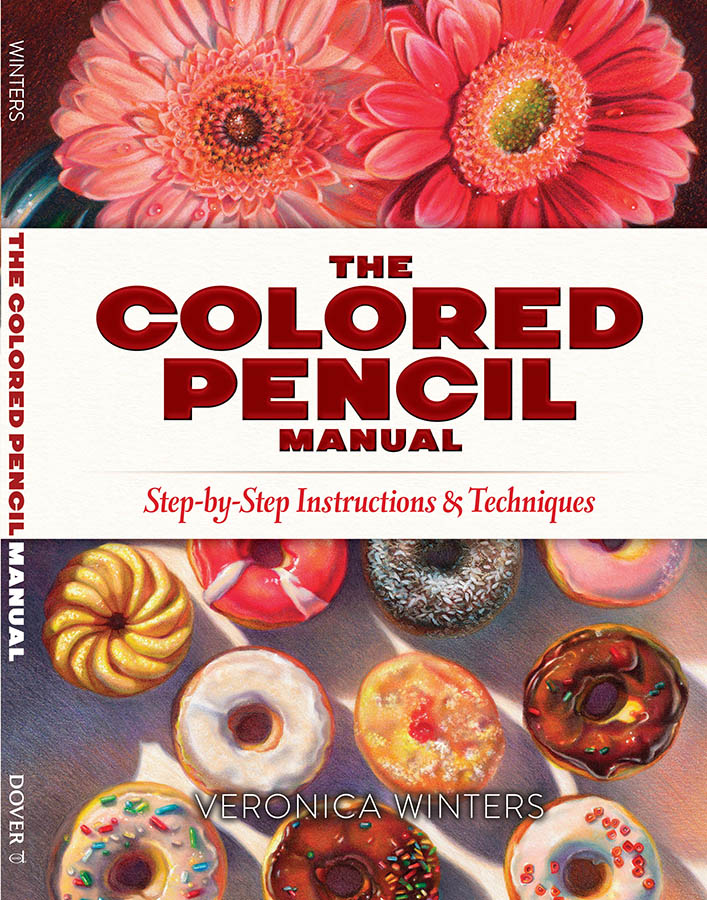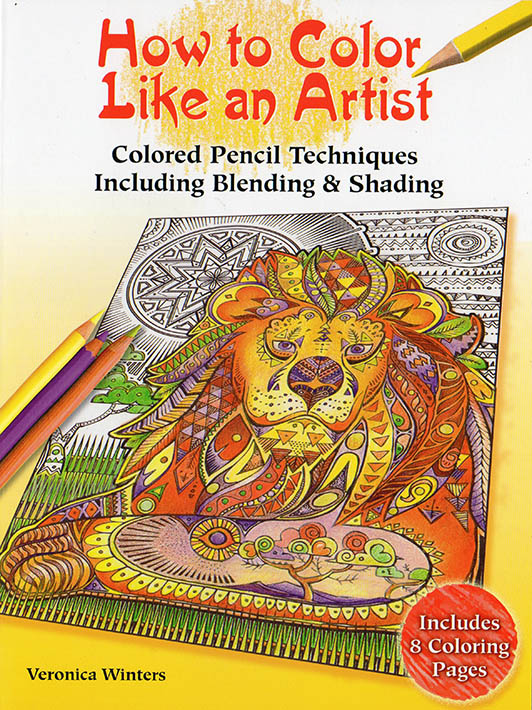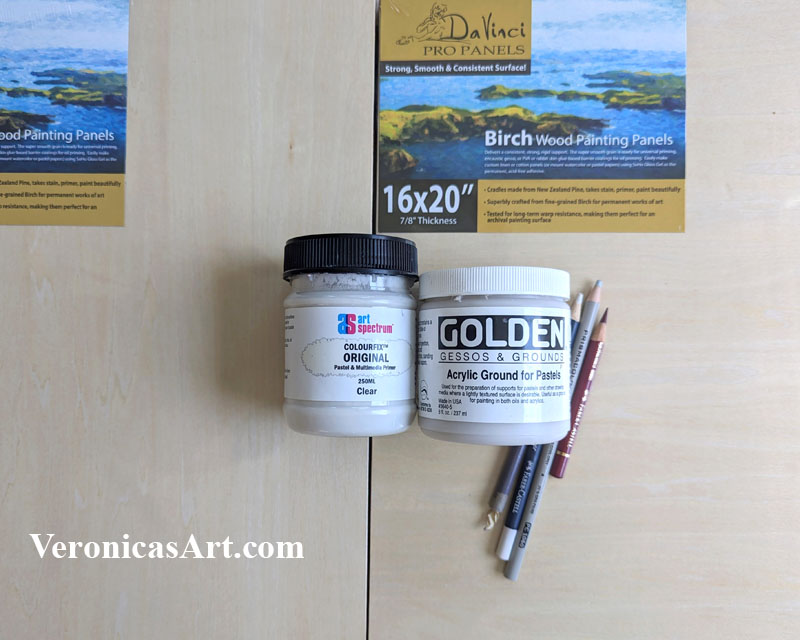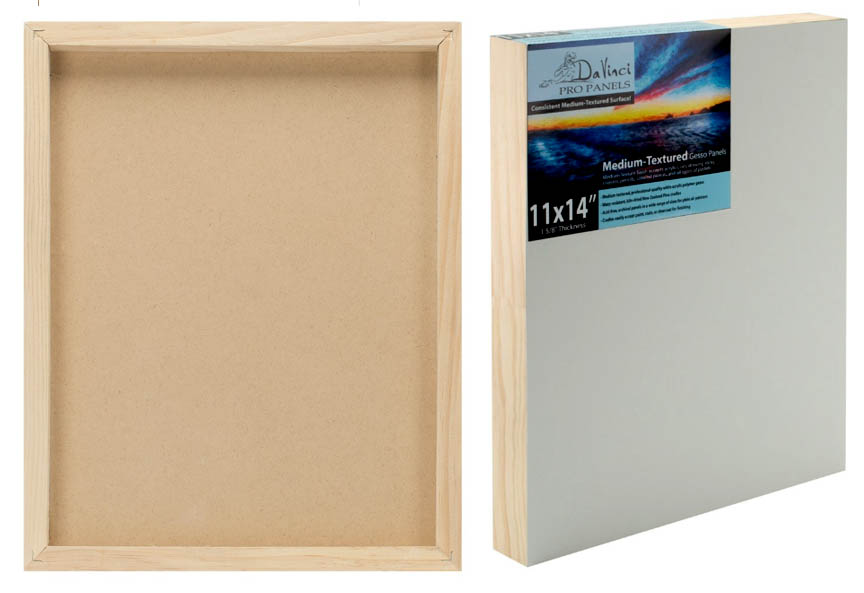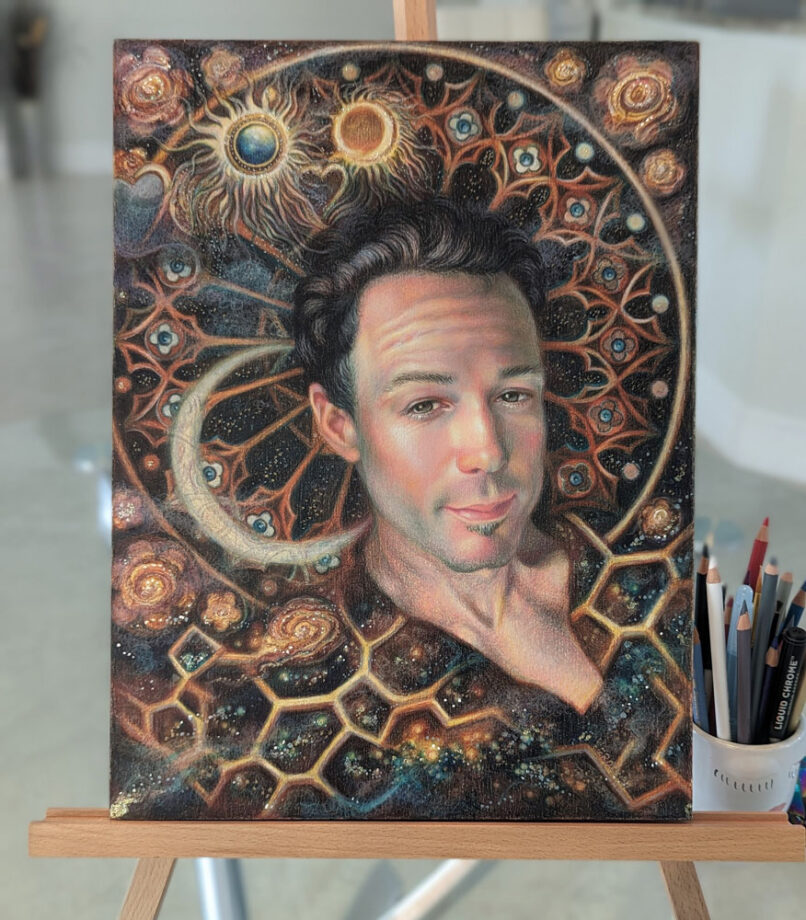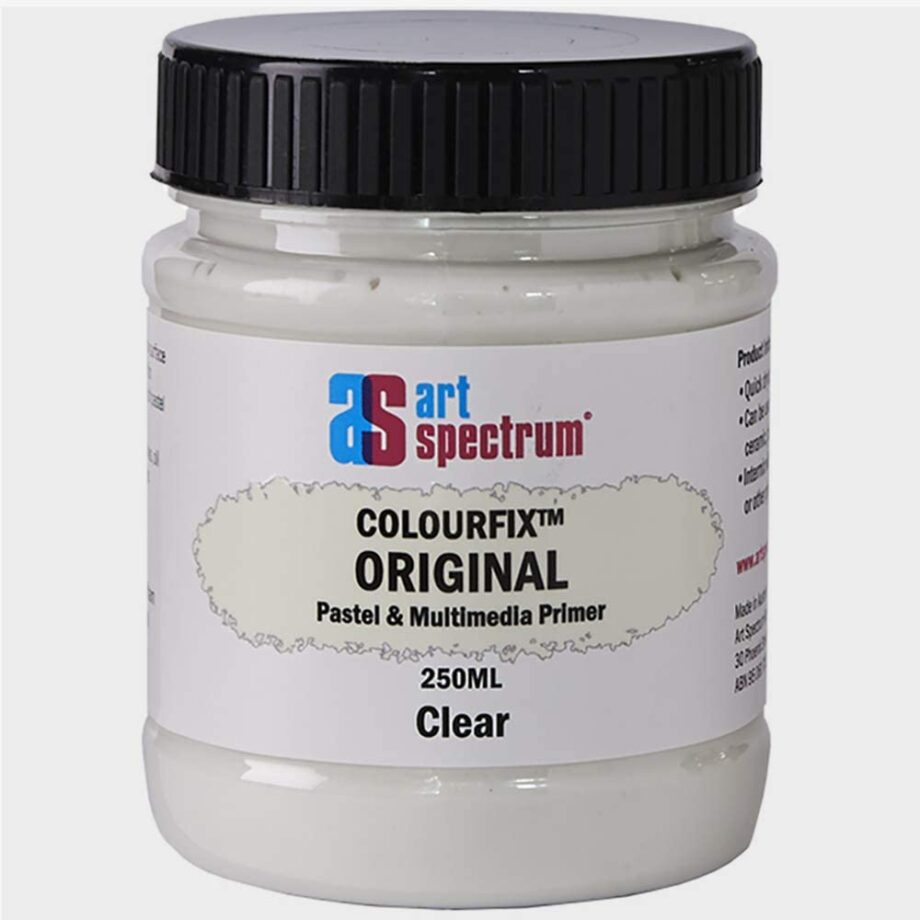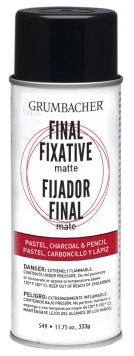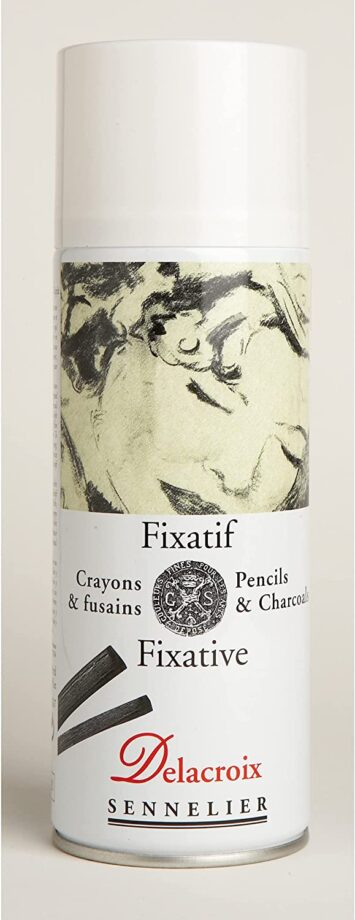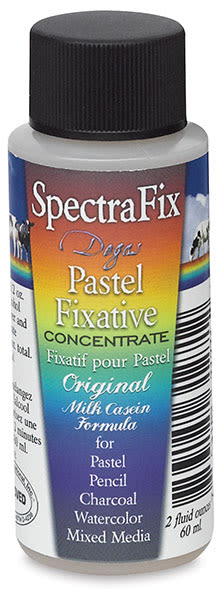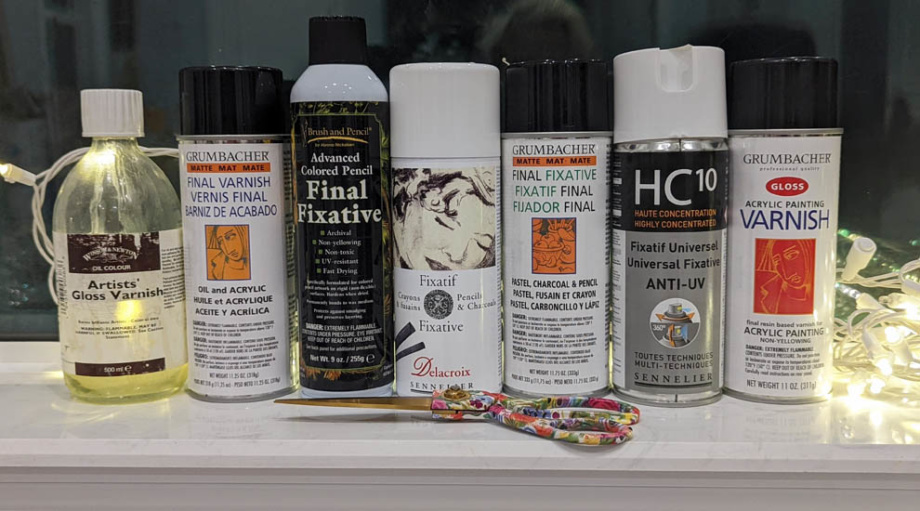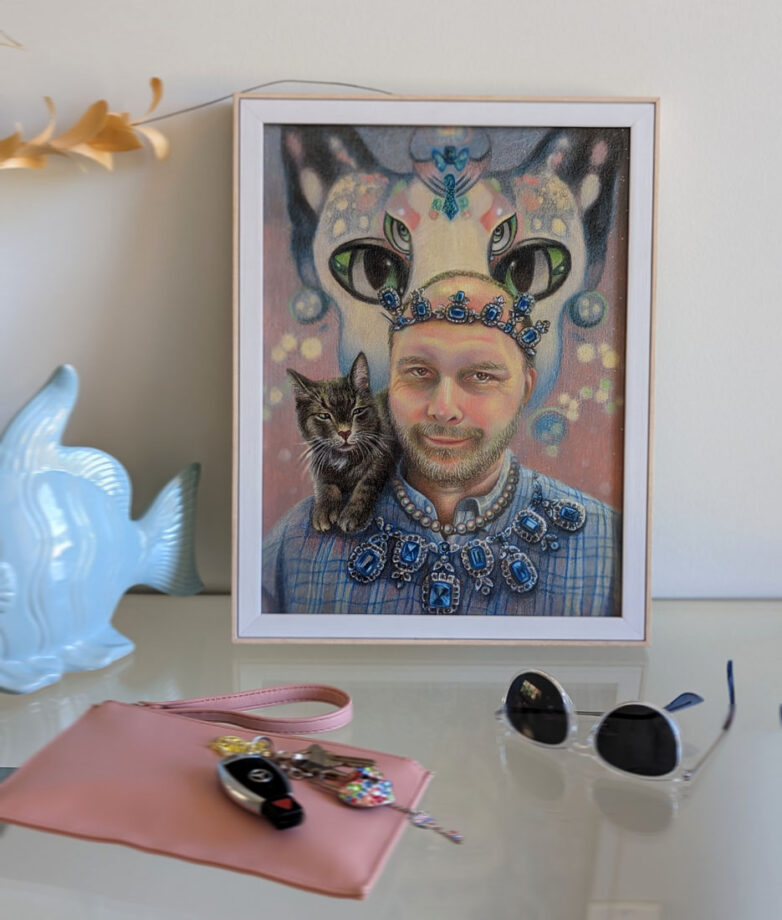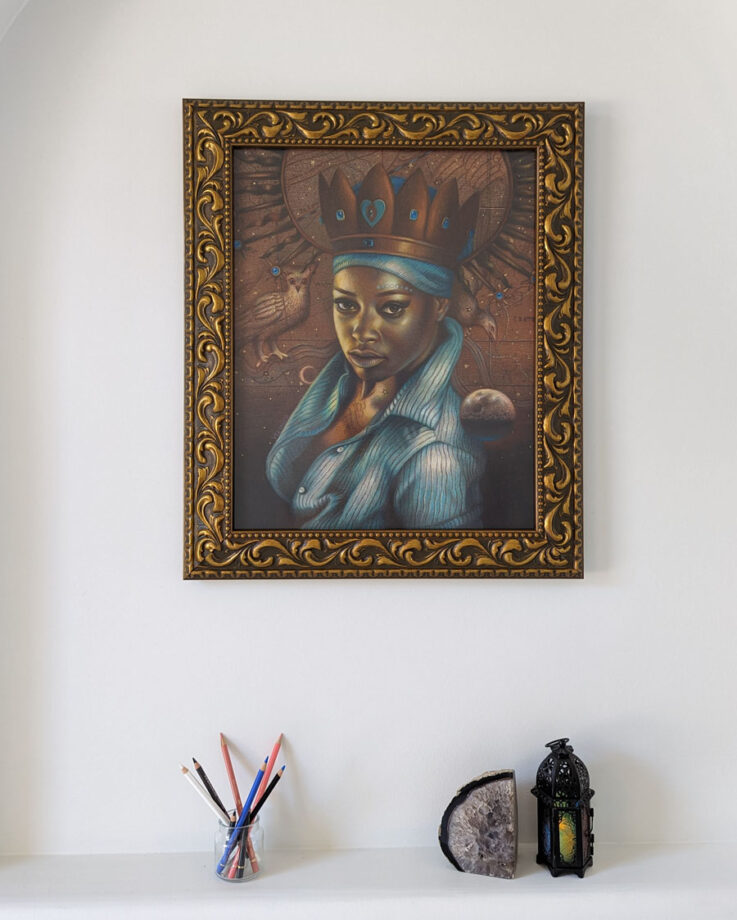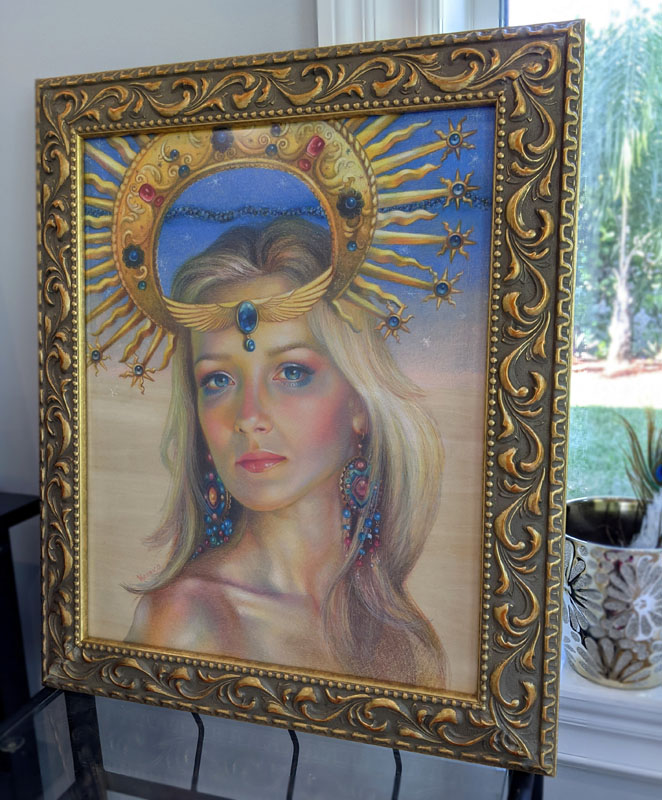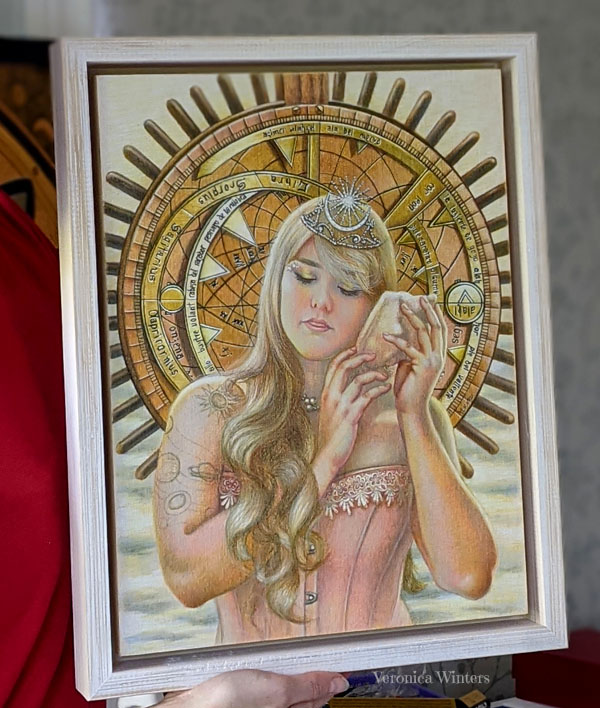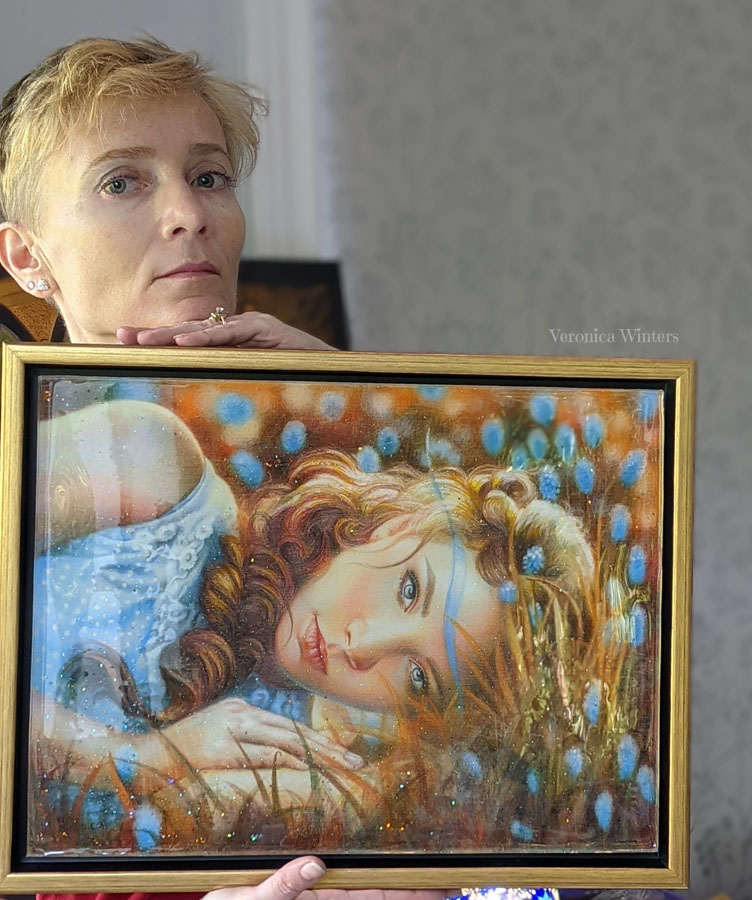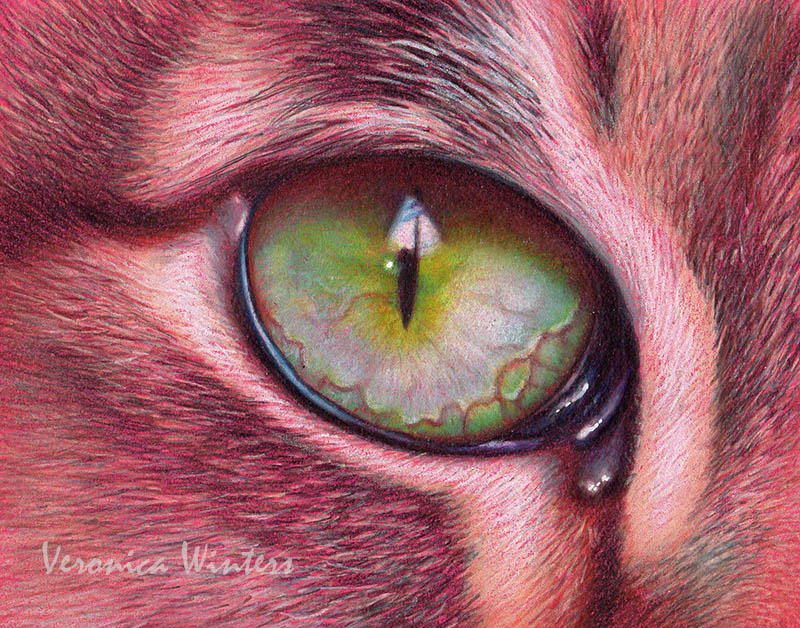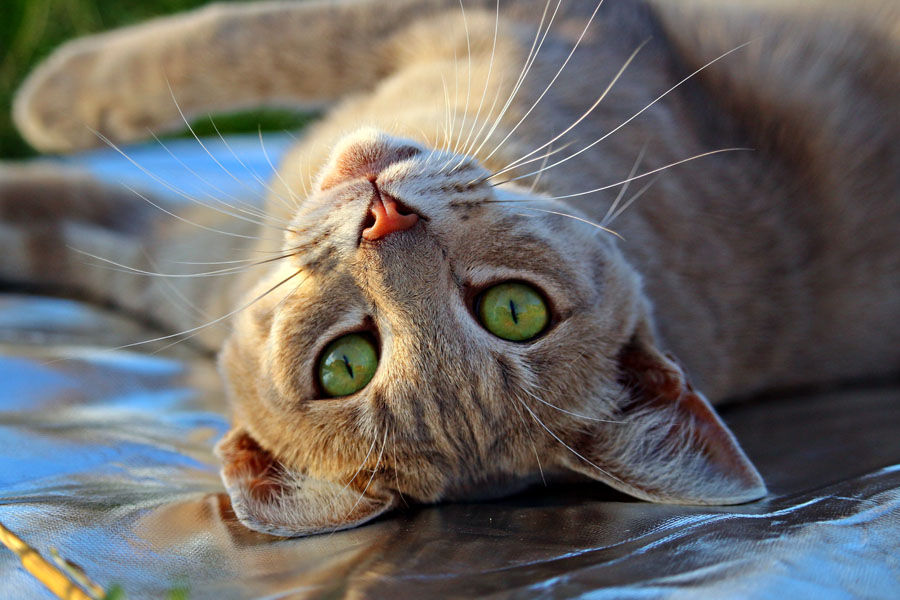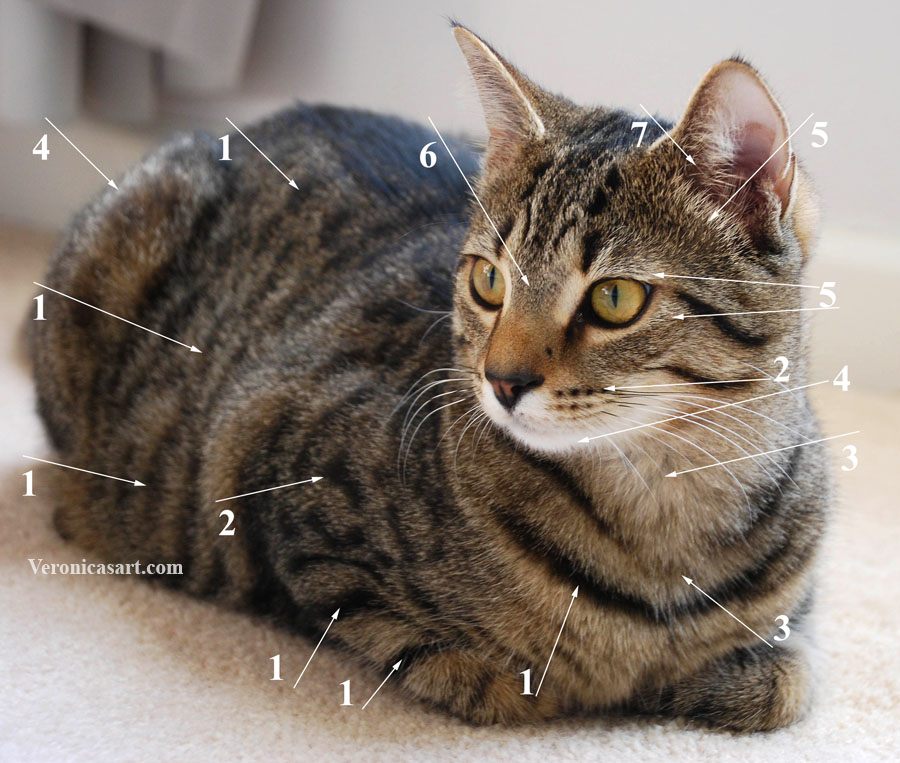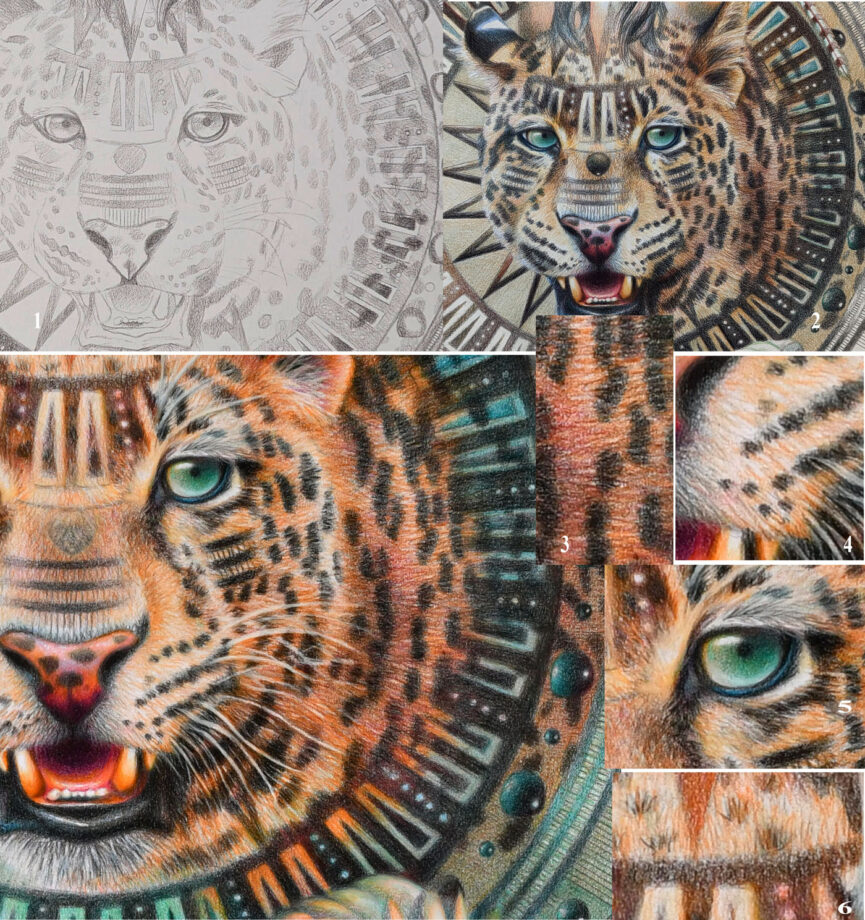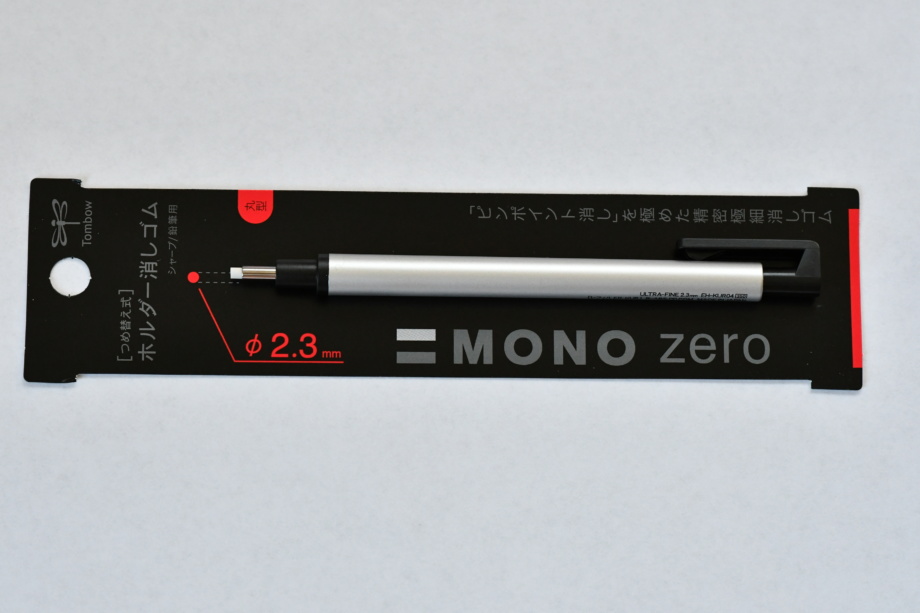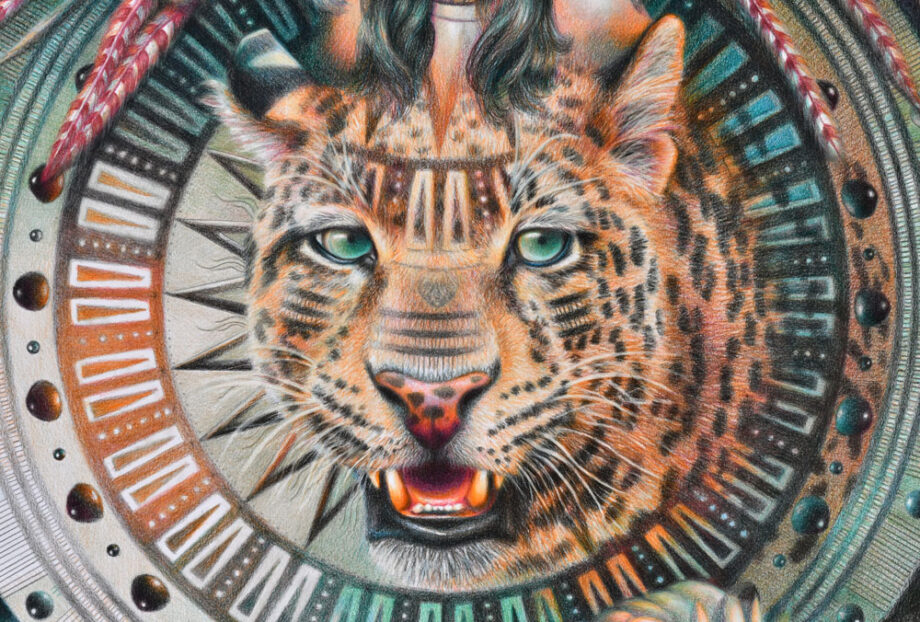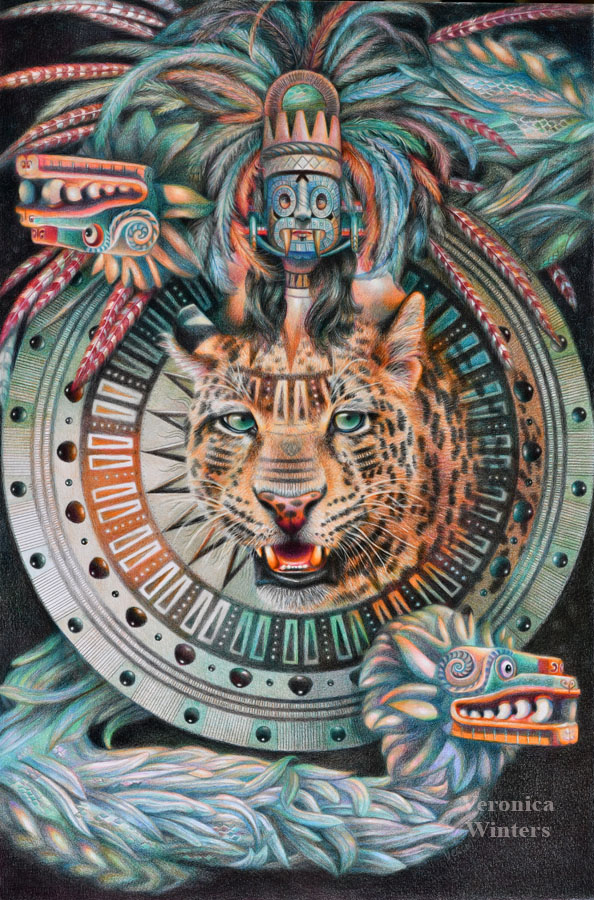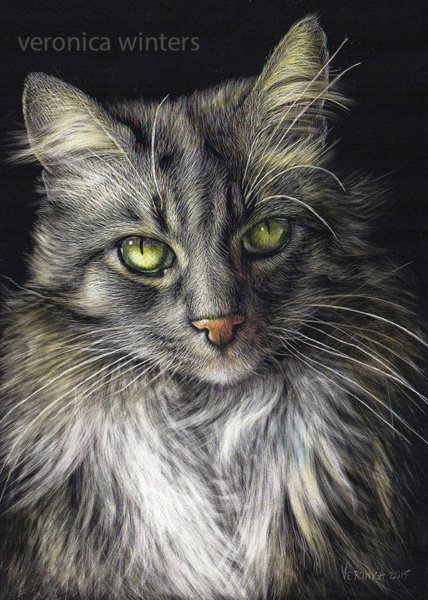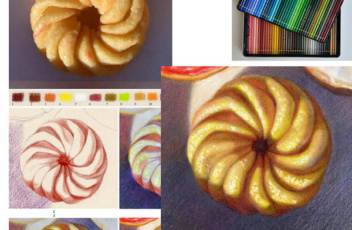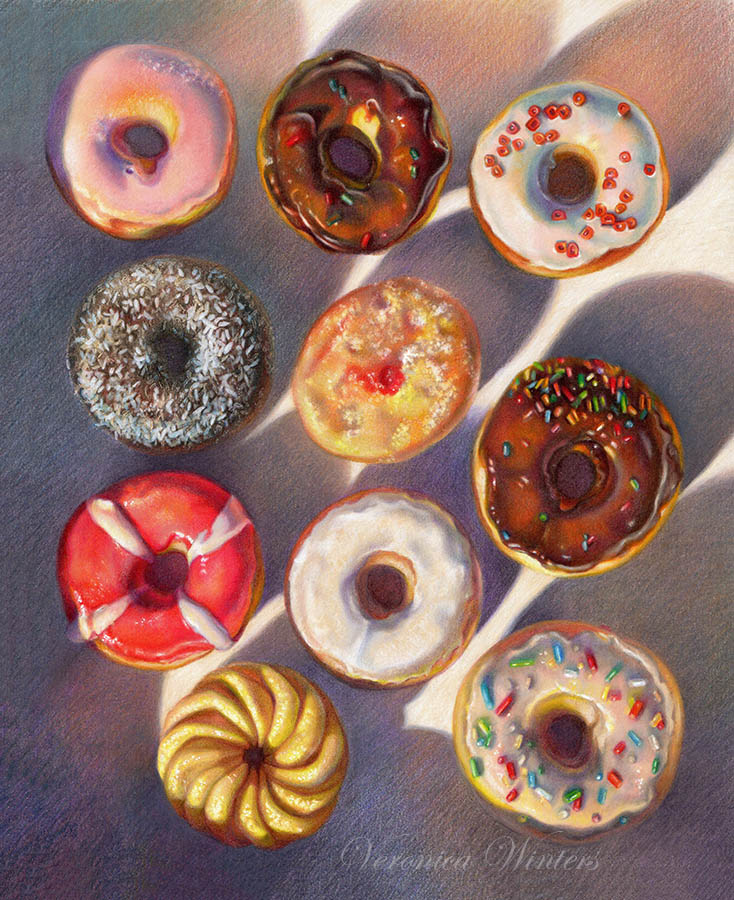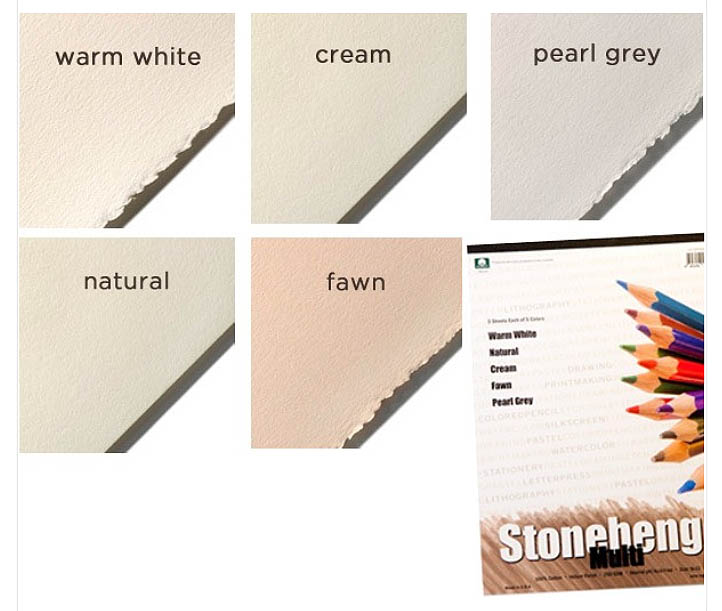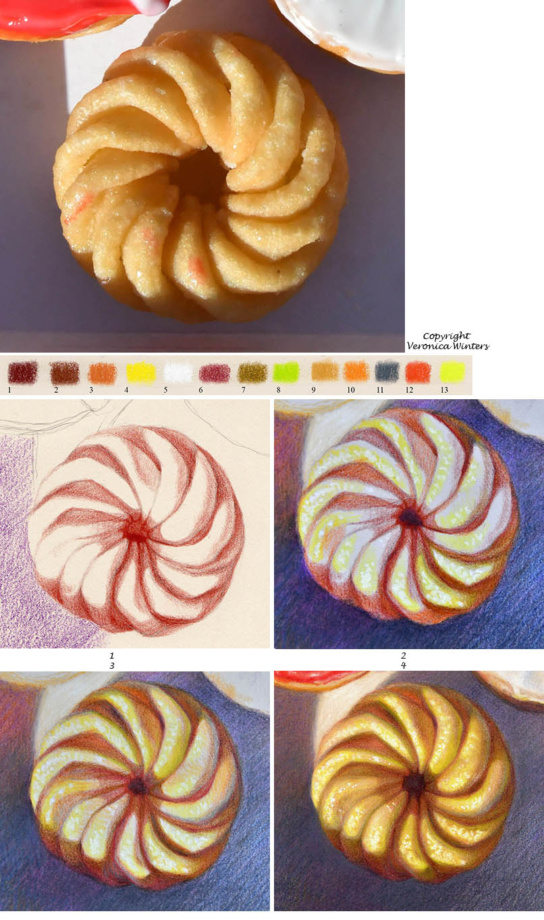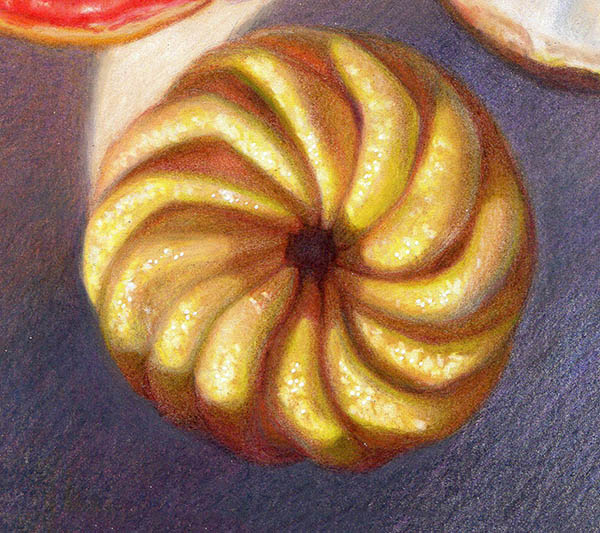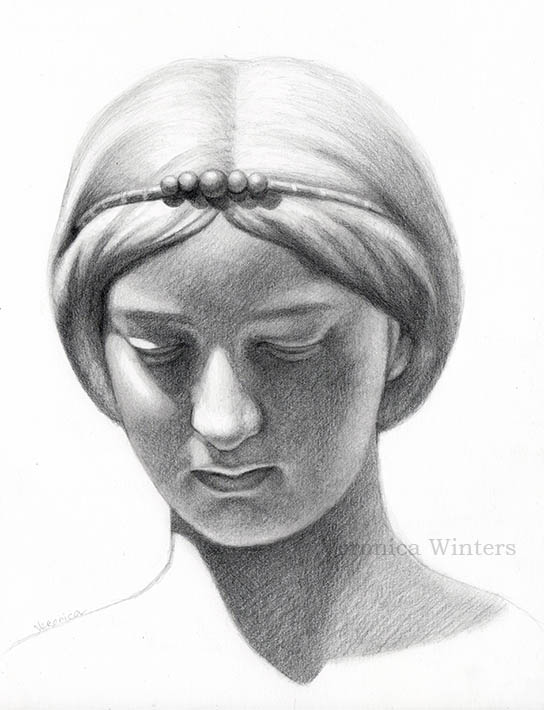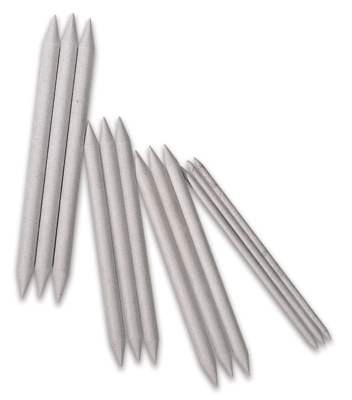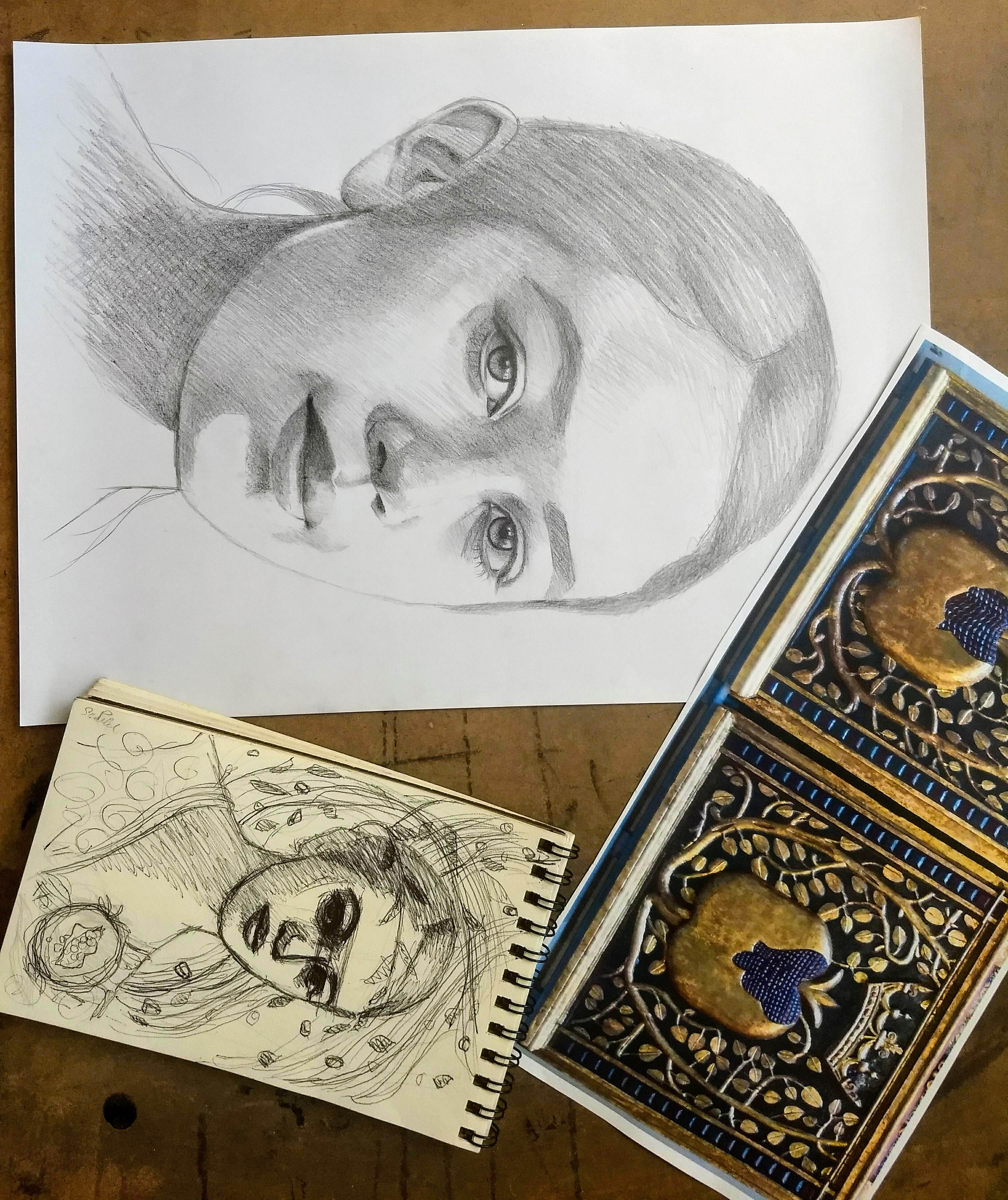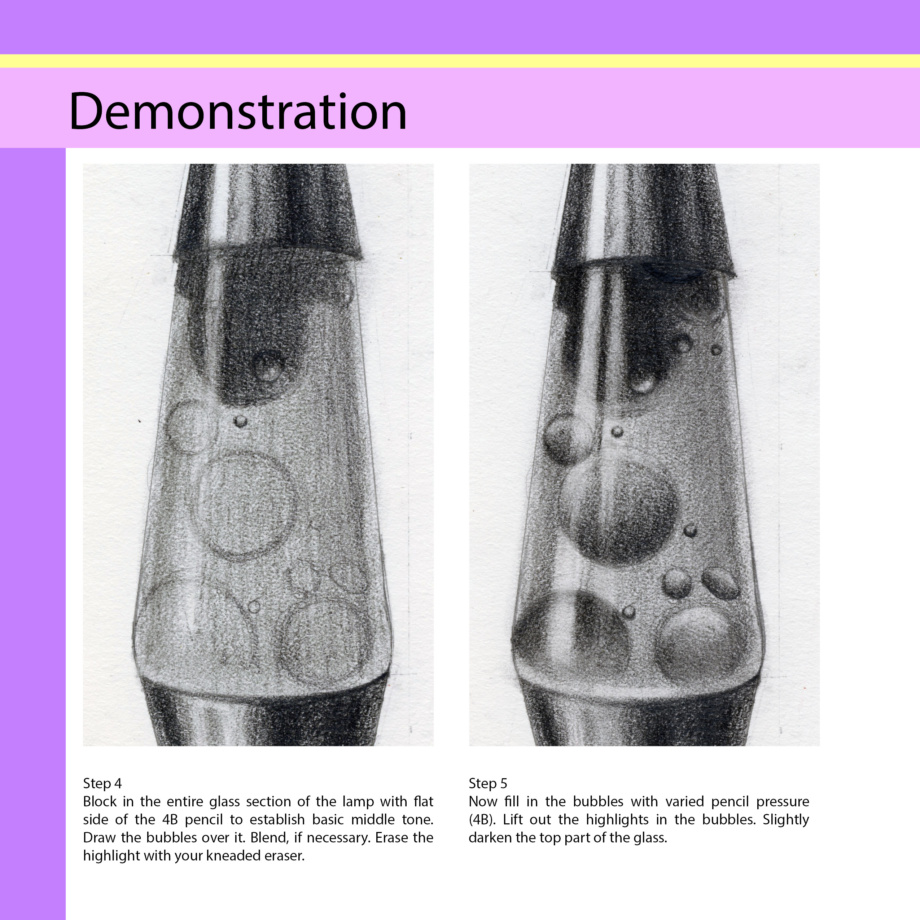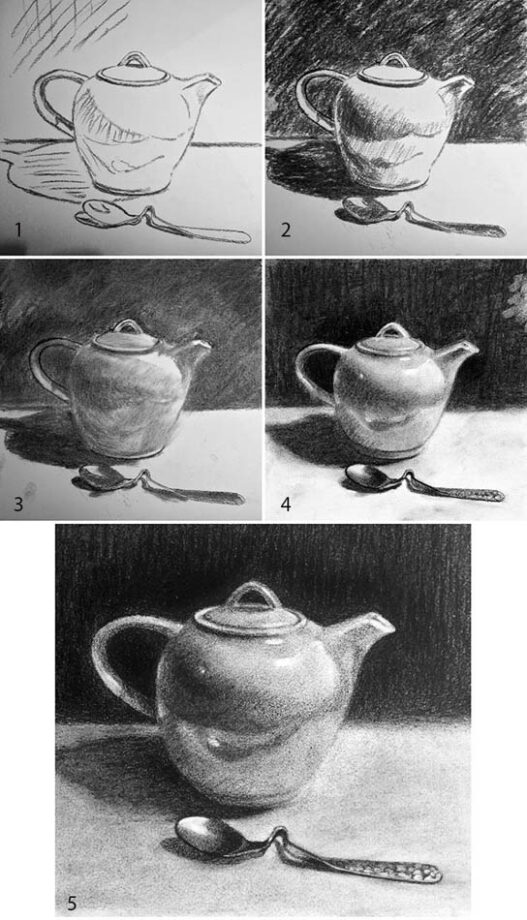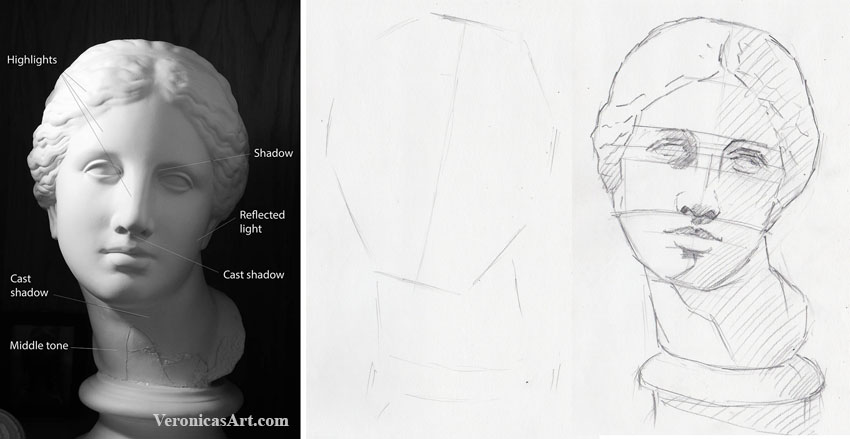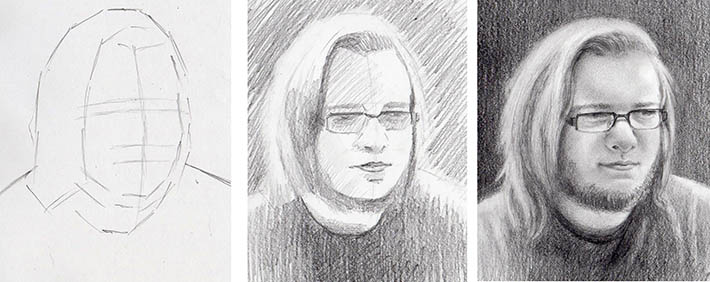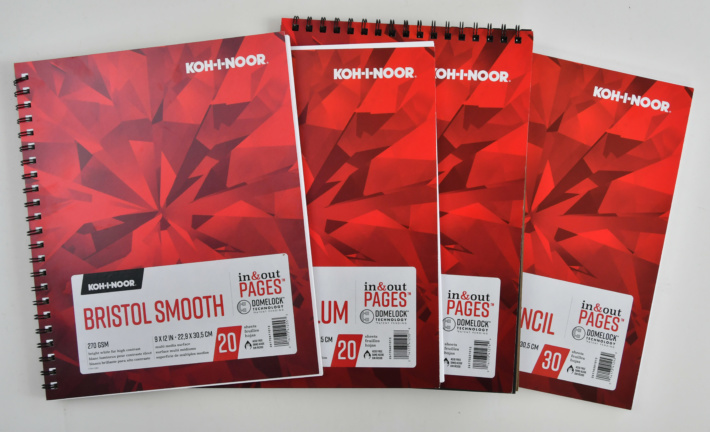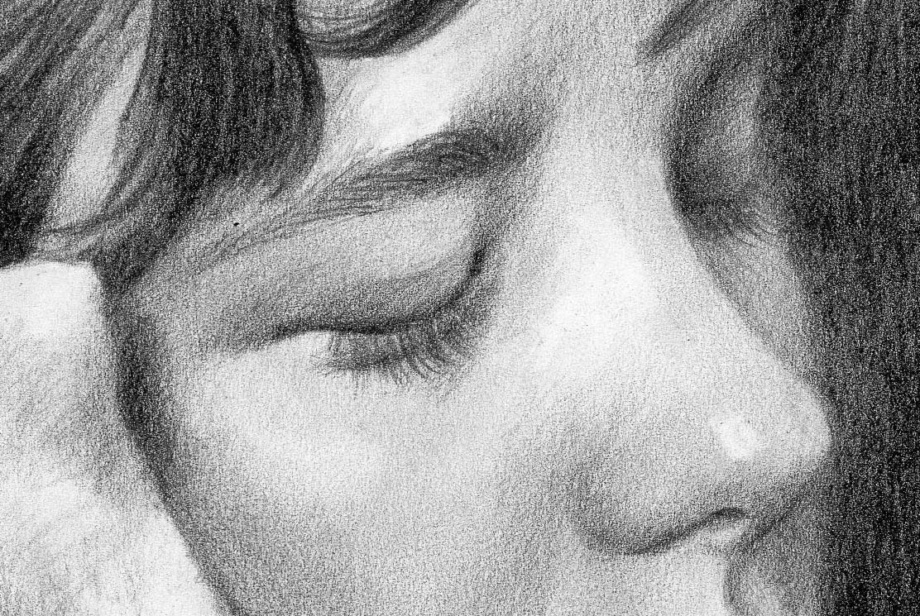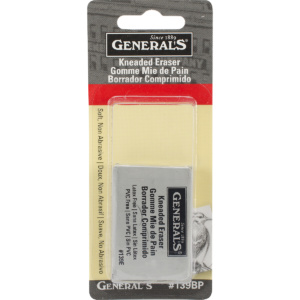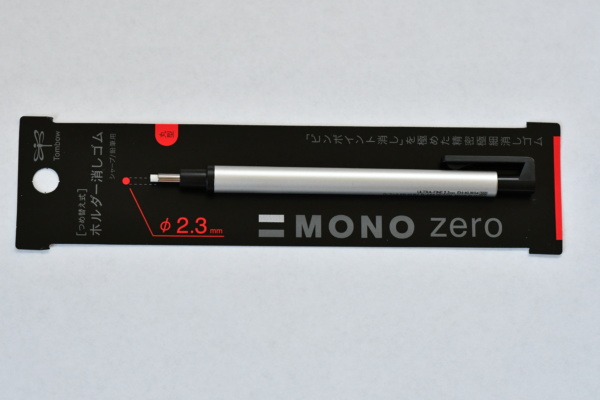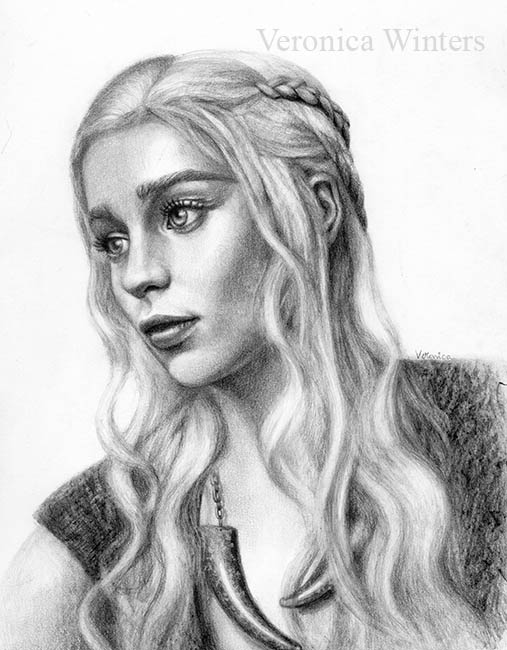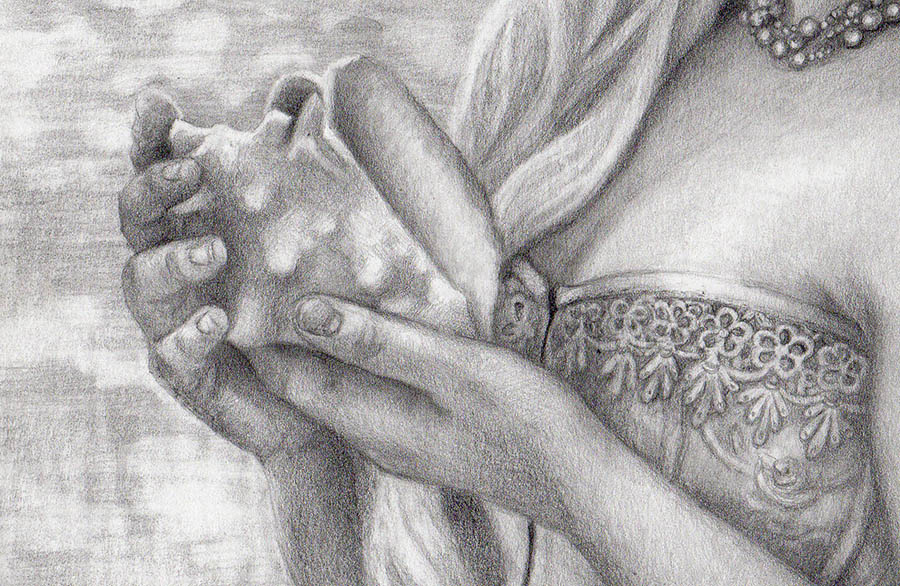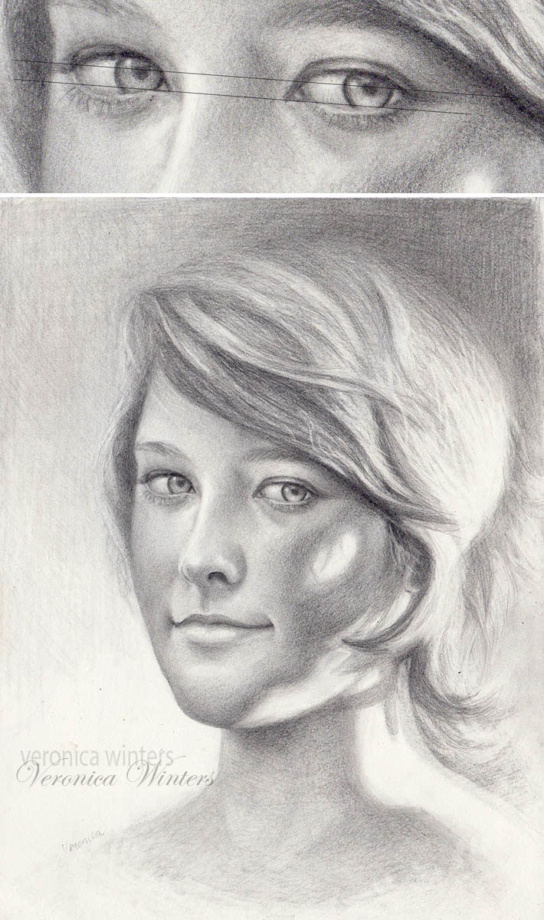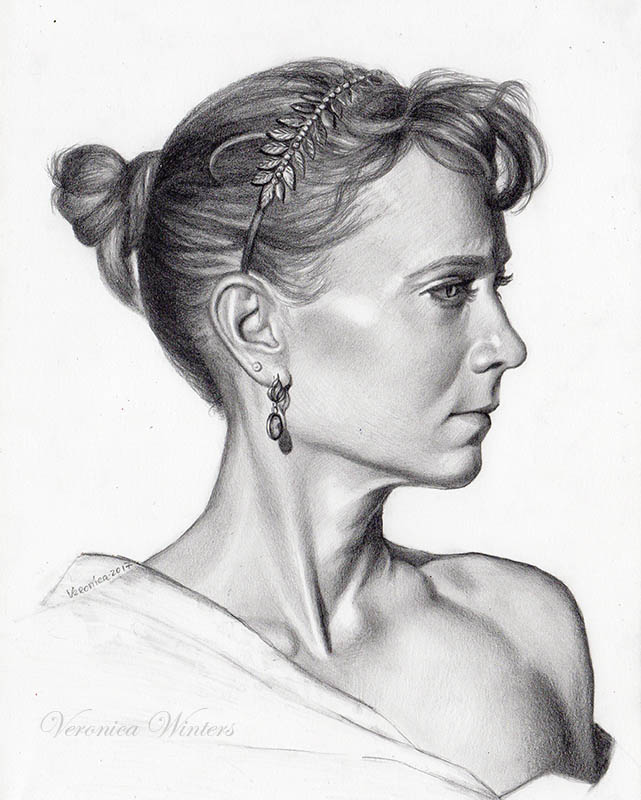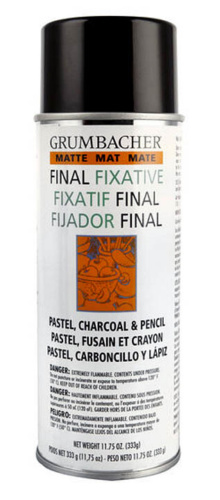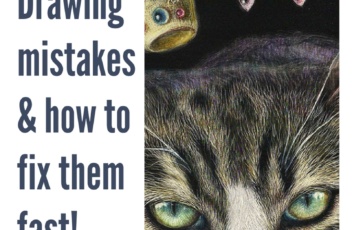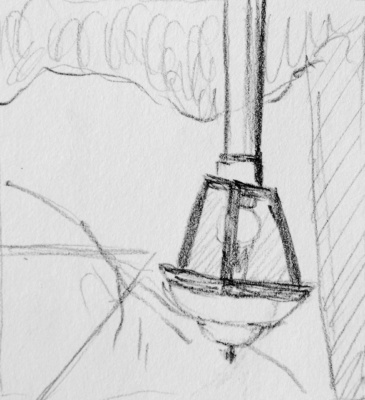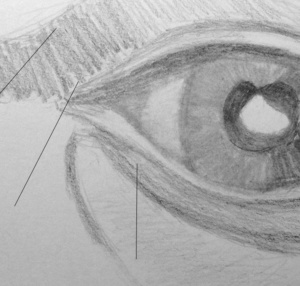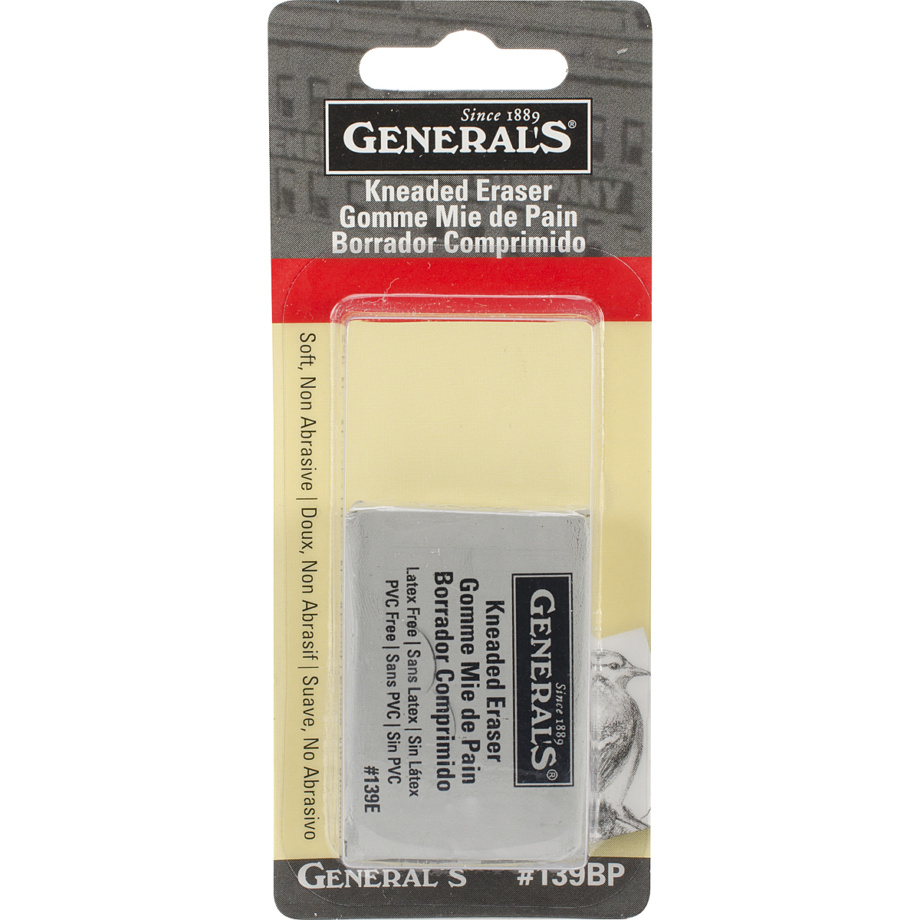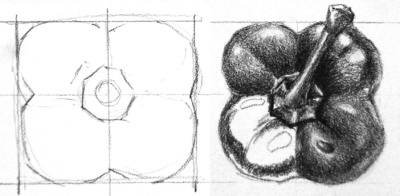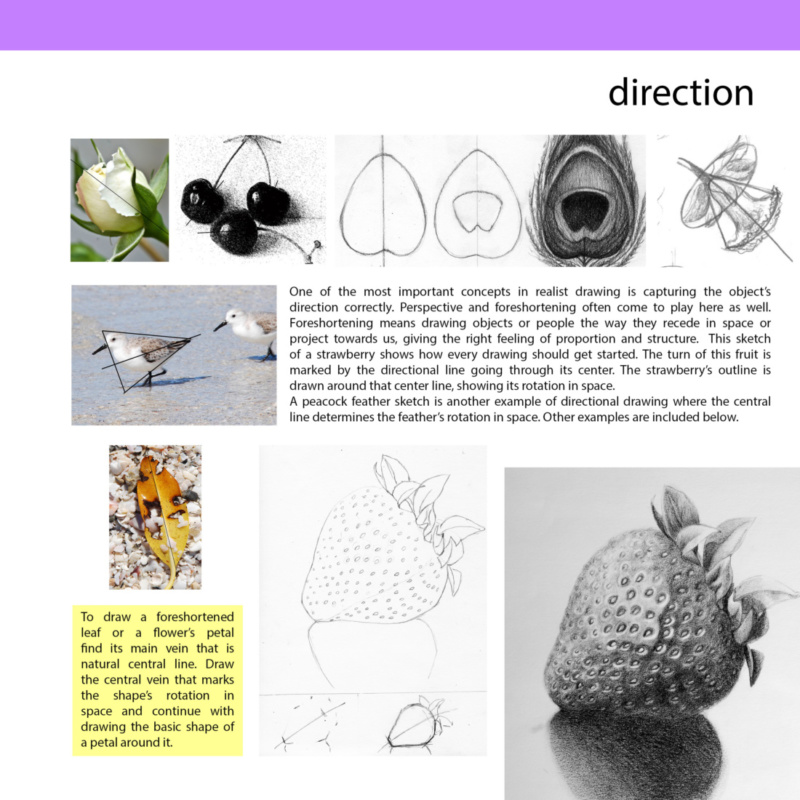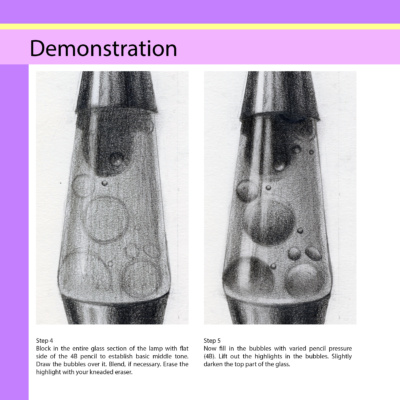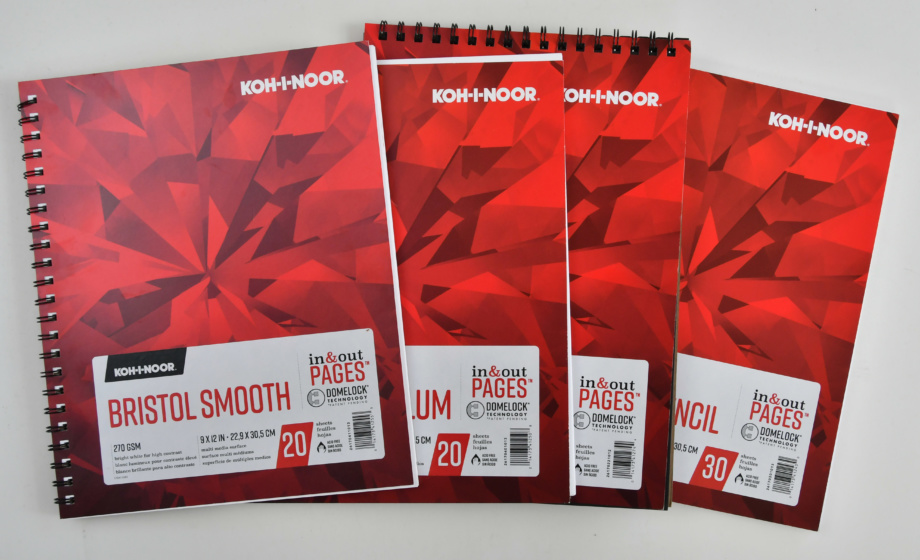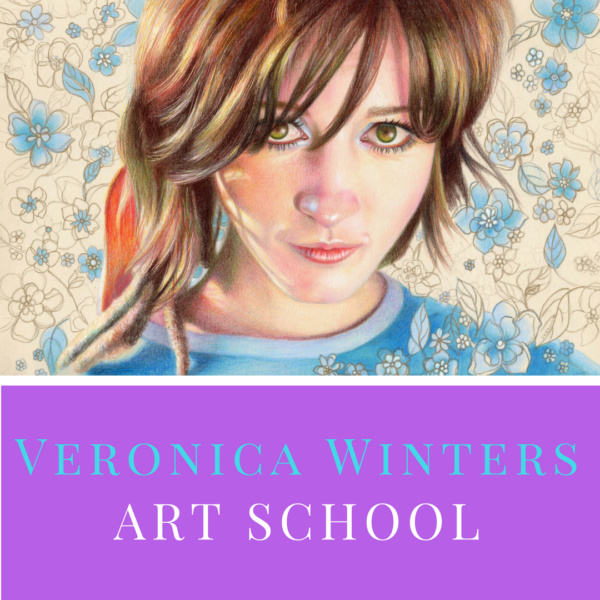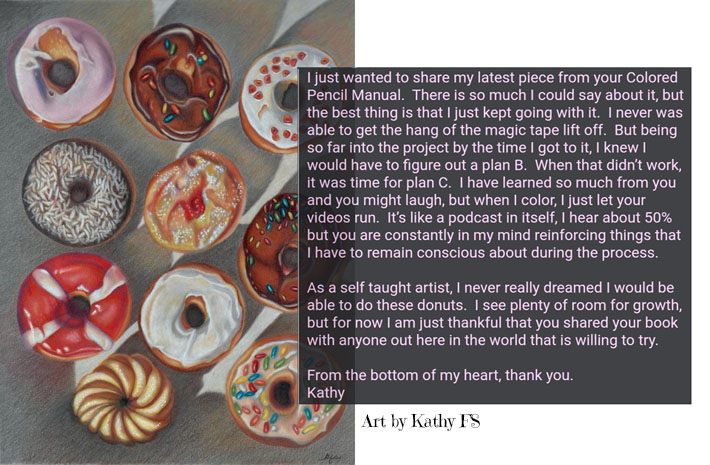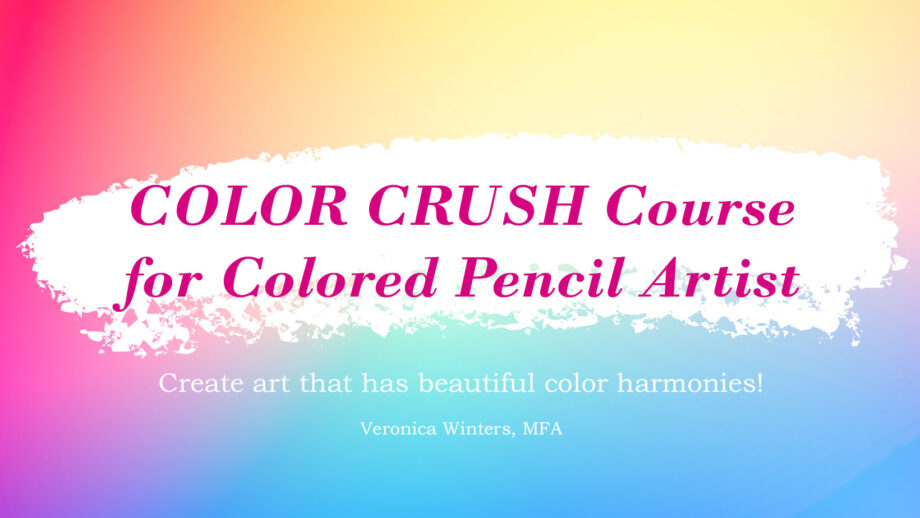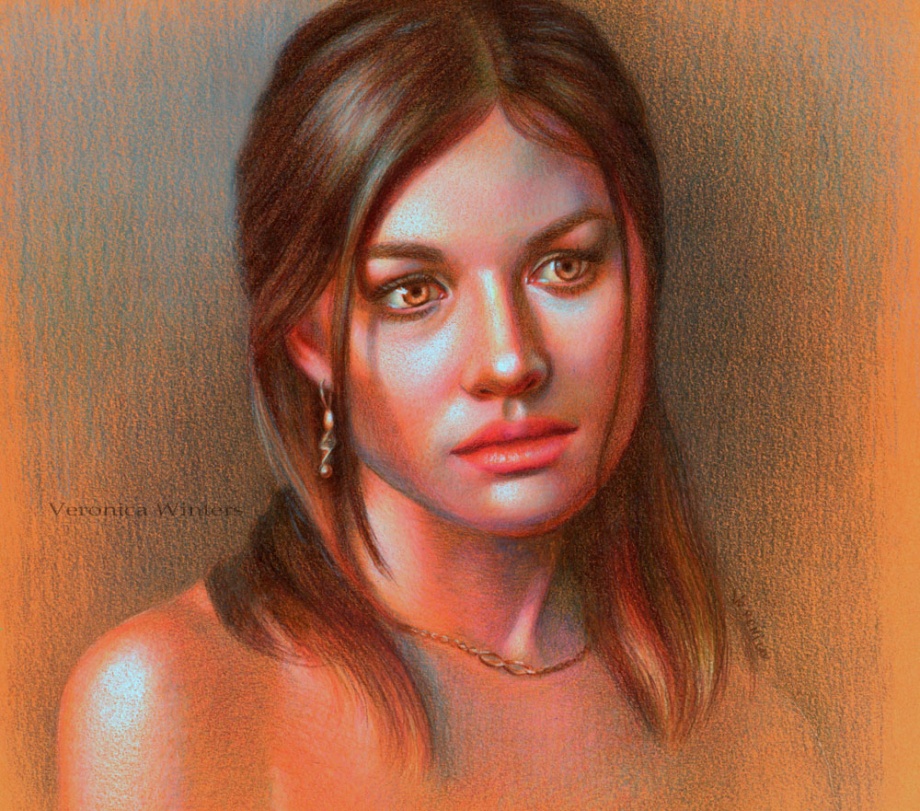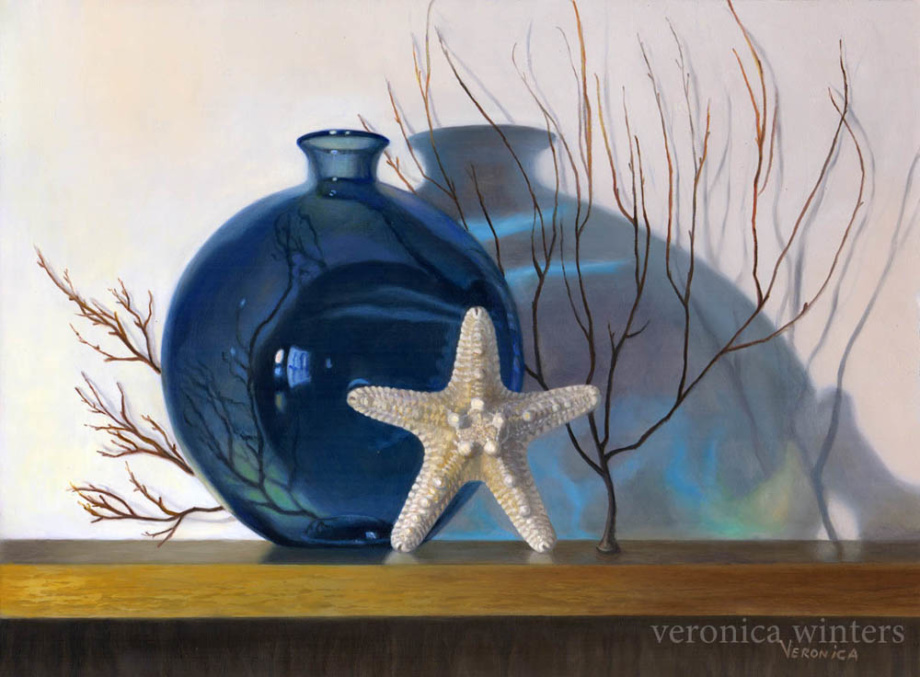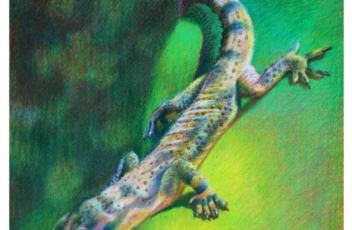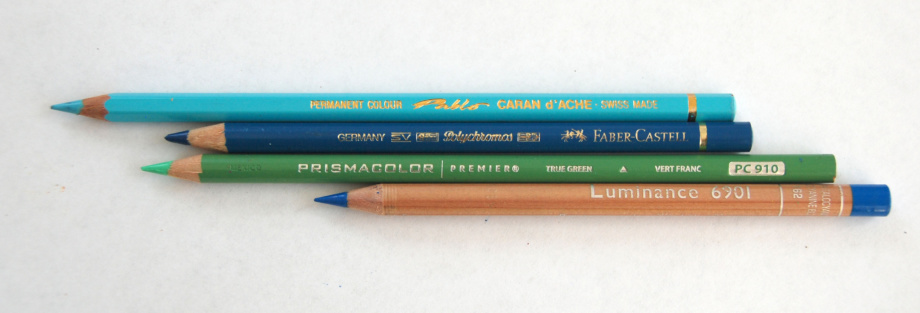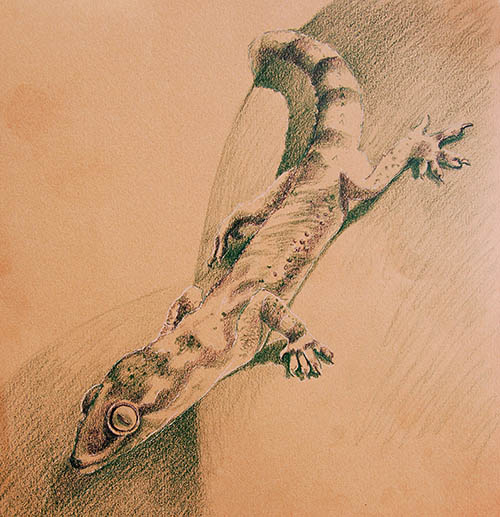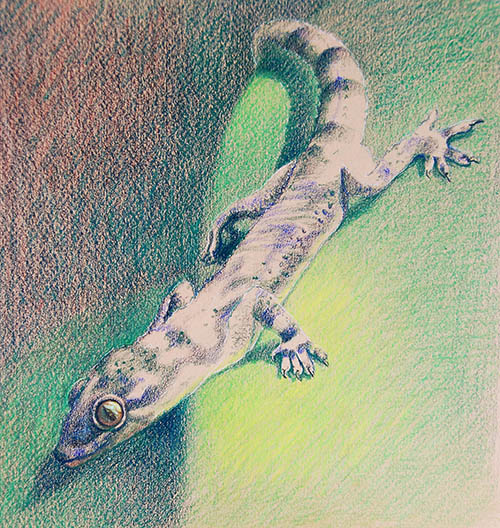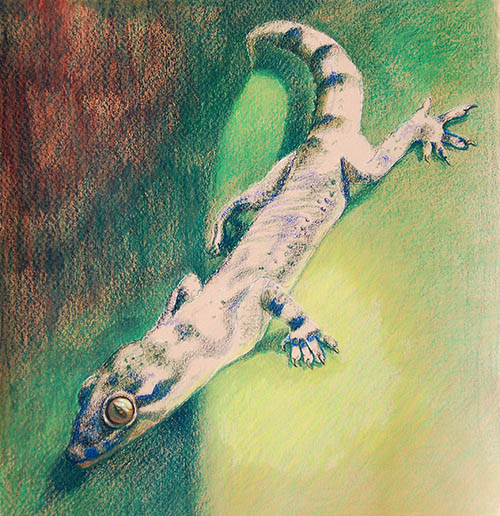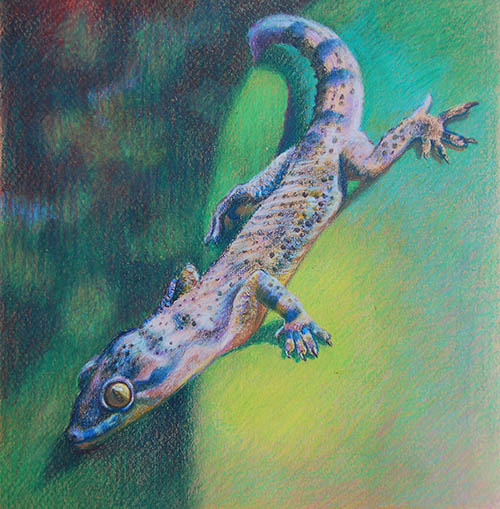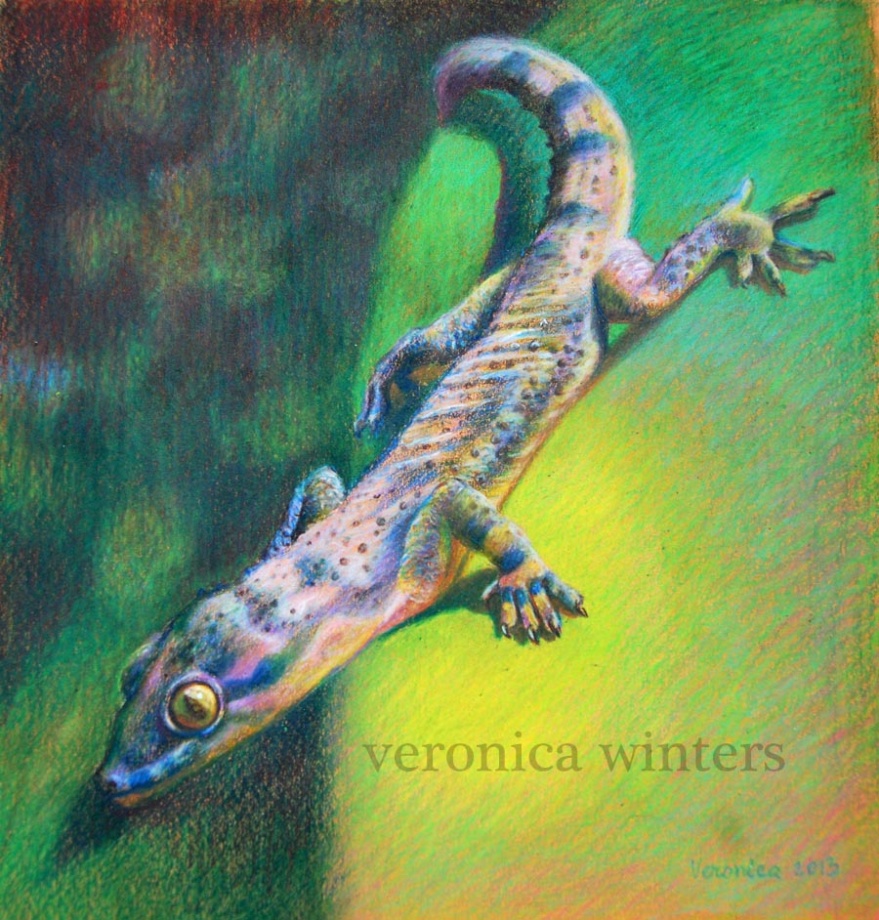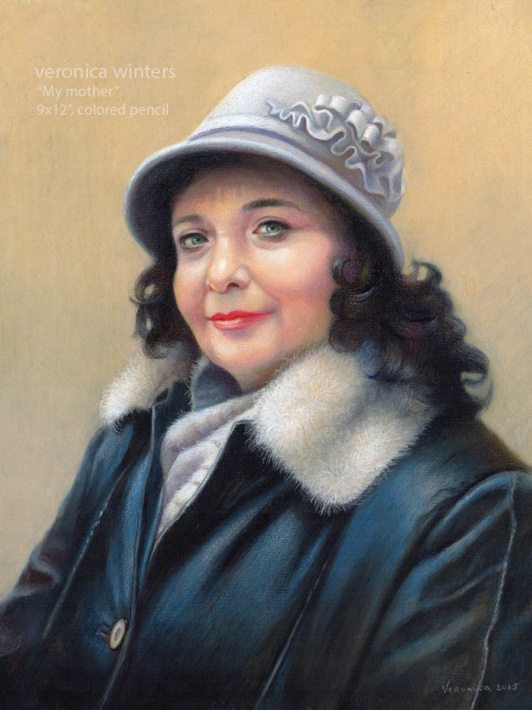
As I like to experiment with new art supplies once in a while, I gave a try using the UART premium sanded pastel paper. It comes in various grits and feels like a real sandpaper. It’s finest grit is 800, which is advertised as a perfect surface for colored pencil drawing.
All the drawings you see here were done on 800 grit paper, tan hue. This paper is produced for pastel painting and the 800 grit is made for colored pencil drawing. But is it really that perfect? Many artists say it’s their absolute favorite, but I found several considerable challenges working on it. Let me explain.
UART Paper review
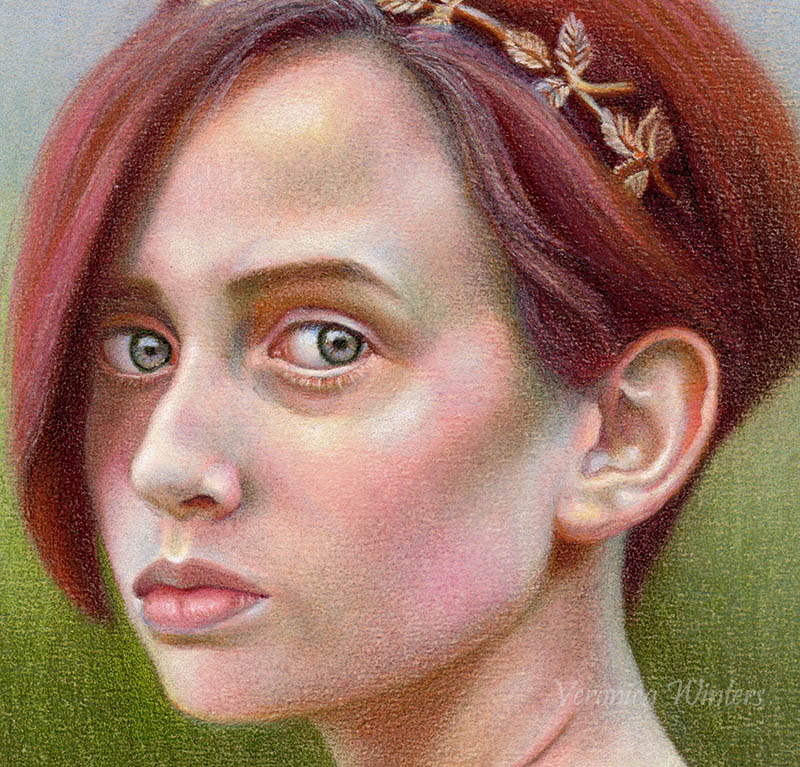
Challenges & solutions:
1. The surface is not smooth enough for colored pencil drawing. The 800 grit makes the strokes look very textural, even when the colored pencil point is super sharp.
The solution isn’t using a paper stump for blending, rather applying Gamsol. It really “calms down” the surface and makes it a lot easier to shade with colored pencils after that. Gamsol melts the wax in pencils, spreads it around, and gives a painterly effect to my first layer.
Warning: if you are a beginner, you might be seriously frustrated with the result, because Gamsol creates loose edges on this paper, and its hard to keep the outlines intact with such approach.
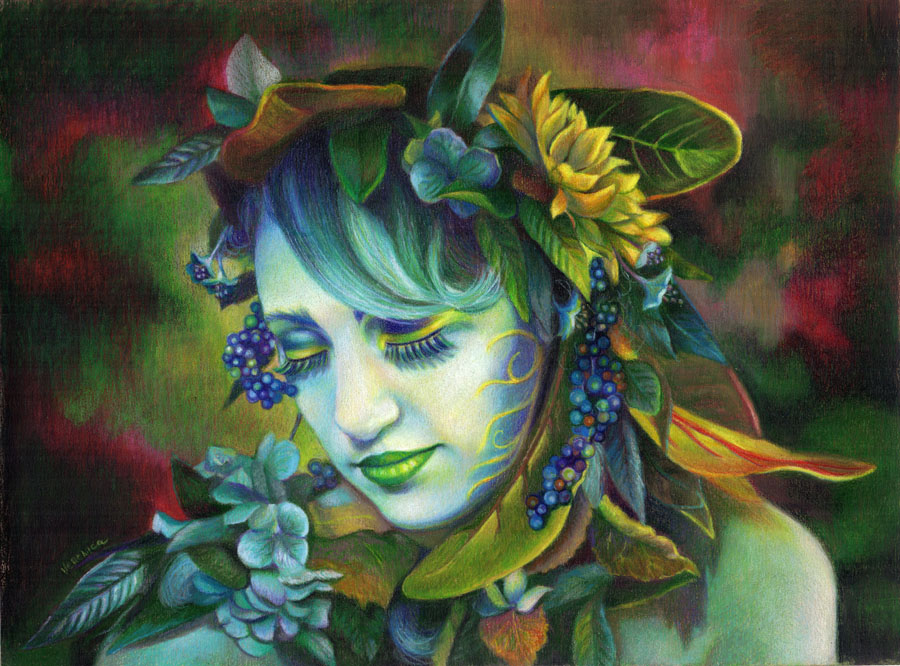
2. So the second solution is to use a soft, clean brush and blend the entire surface with it. Fix this layer with a fixative, wait till it dries and continue working on it shading in colored pencil.
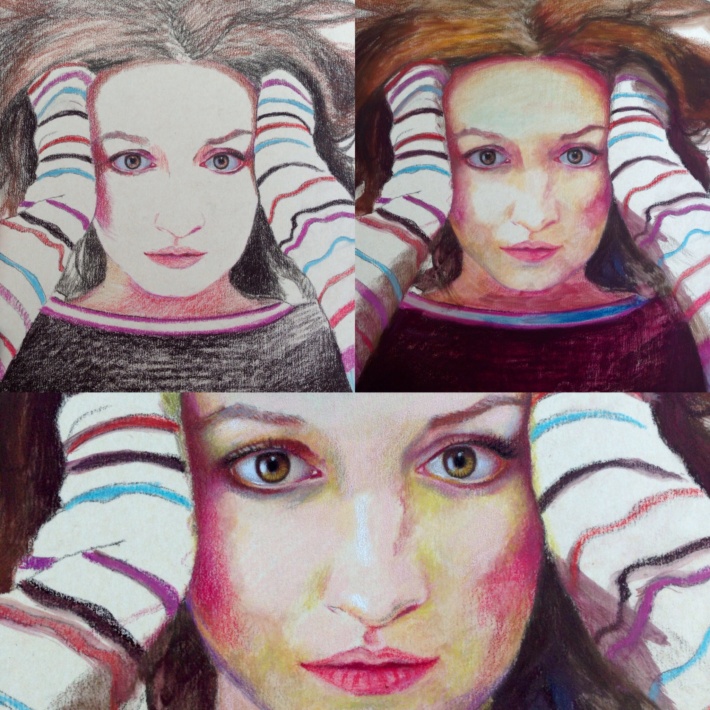
3. It’s easy to make and to spread dirt on paper. This is the case when you begin shading in colored pencil, especially if you use dark colors. The solution: Use the kneaded eraser to pick up the smudges and put a piece of paper underneath the palm of your hand.
4. UArt paper "eats" up your pencils because the sanded surface has a lot of texture. The solution: test your colored pencils to see which ones respond better to this paper. I find that Prismacolors and Pablos work well. You can blend them with a solvent, and continue shading with soft colored pencils over this layer. Another option is to work with Polychromos because they blend and behave like soft pastels. They're quite hard, so they last longer shading on uart paper.
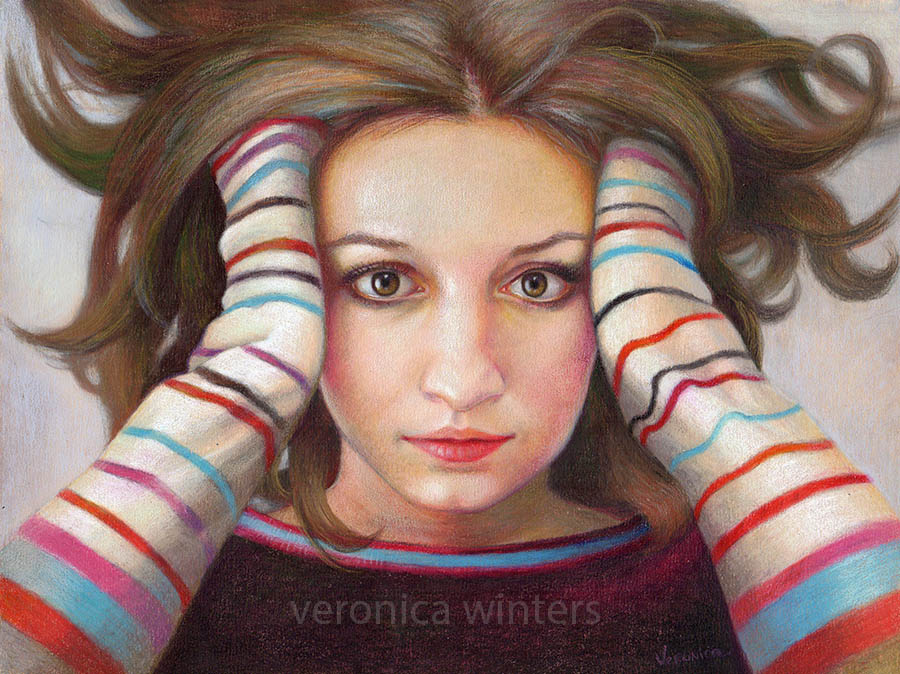
5. Details. After the paper dries (if you use solvents), it’s much easier to continue doing colored pencil shading. However, if you have small details like the eyes or finger nails, etc., it requires precision and patience to fill those details well. I use Polychromos colored pencils for shading the details.
The solution: the solution is to draw larger in colored pencil. In this post you see several drawings completed on 800 grit uart paper. With my third drawing done on this paper titled the “Colorful dreams,” it became much easier to shade because I increased the scale of the portrait. The eyes are not as small in this drawing as in my previous attempts. Still, it was taking a lot more time to fight with the surface’s roughness as opposed to working on smooth Stonehenge.
6. Pretty pricey paper. Selling at nearly $40 for 10-9×12 sheets per pack, you really can’t allow yourself to screw up at all. UArt paper on Amazon.
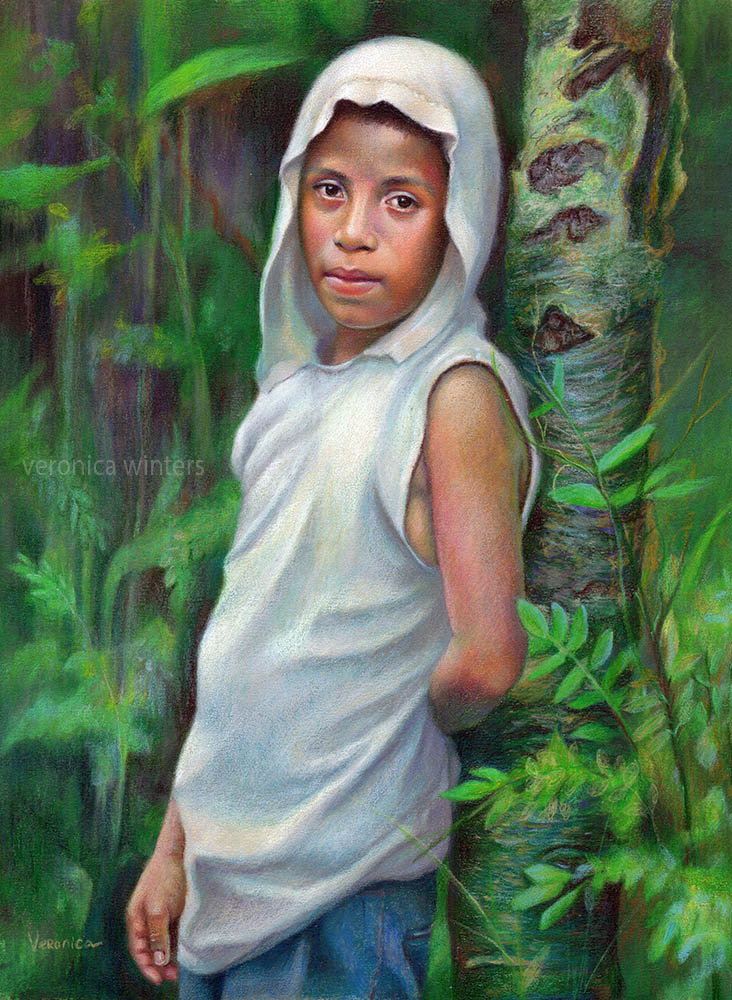
Advantages:
The more I work on it, the more I like it.
1. It accepts many layers of pigment, and it’s really great for soft pastel painting! I used to work with soft pastels but switched to colored pencil drawing because I find it more fun and archival.
2. UART durable surface is much stronger than a regular 80 lb. or even 100 lb. paper. It stays flat at all times.
3. Colors look much brighter on this paper in comparison to drawing on white paper. Colors pop and look gorgeous!
4. Accepts various media. You can make a painterly underpainting with the colored pencils and Gamsol, or use the watercolors or watercolor pencils like Neocolor underneath your work as this surface accepts various media. In my drawing titled “My mother” the painterly effect on her leather coat was a happy accident. Once I used Gamsol on dark colors, it melted with the blues I used for the highlights and created the leather coat effect.
5. The paper is at its best when you work large. I discovered that 9×12″ is just too small to work on subjects with tiny details, like the boy’s face here where I had a hard time keeping up with the anatomic accuracy.
Because this paper is designed for pastels, the colored pencil shading technique should be close to pastel painting technique. What do I mean by that? Draw from dark to light. Shade with dark pencils first. Fix the layer. Continue shading with lighter colors over it. You’ll see the effect it’s producing. Quite awesome and so different from regular colored pencil drawing on white paper!!
Hopefully these pros and cons will let you make an informative decision buying the uart paper and having fun with it. 🙂
Other artists working on this paper:
Linda Lucas Hardy & Lisa Ober
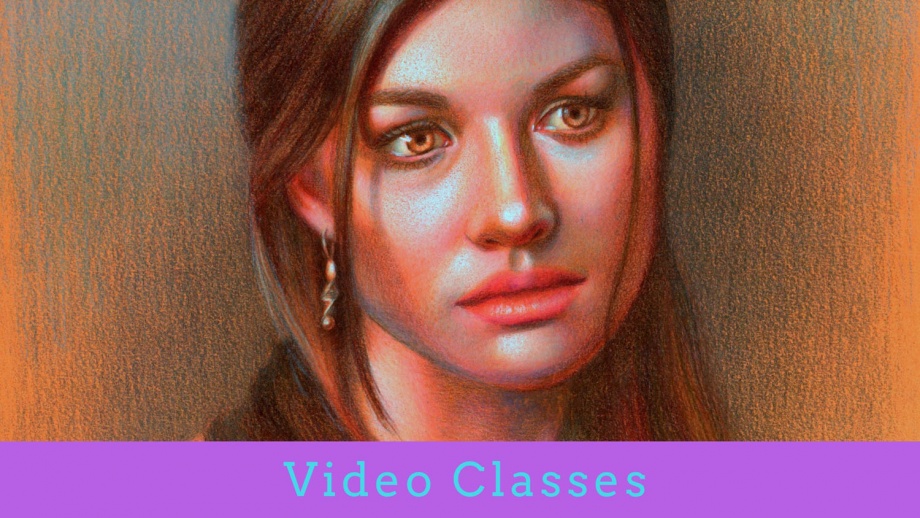
If you’d like to take your colored pencil drawing to the next level, check out free previews from my video courses. Click on the image above to learn more!
Colored pencil shading on uart paper, step-by-step tutorial
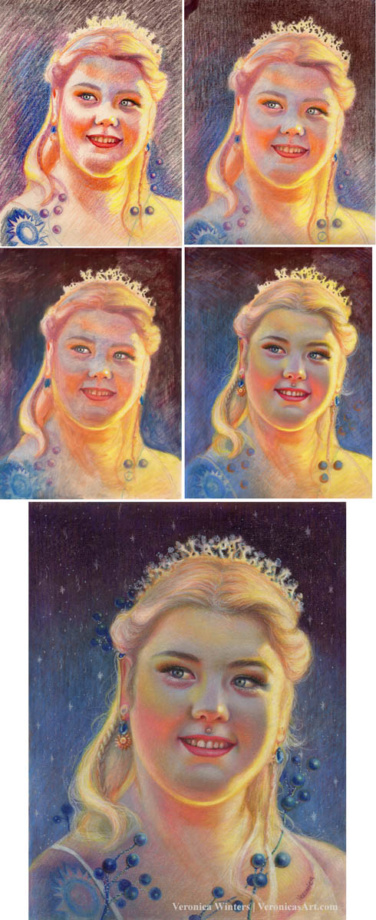
Here you can see the steps drawing in colored pencil on uart, 800 grit paper.
- In the first step I applied major lights and darks very loosely.
- In the second step I blended everything with a soft brush. You can see a very dark left corner there. This is how I tested the solvent on it.
- In the third step I applied Gamsol over the entire drawing, letting it dry. This is an underpainting.
- In the forth step I began layering more color aggressively.
What I love about this paper that the colors looks super vibrant and I love working from dark to light on it. (I apply much darker colors on purpose to lighten them up in subsequent layers).
The UArt paper accepts many layers of color. In the final image I use a touch of oil-based paint pen by craftsmart to draw those tiny blue dots. This marker has a pearlescent quality that’s subtle and beautiful. I hope that this short tutorial helps you in your creative pursuits.
